Hương Ngô
b. 1979, Hong Kong
Lives in Chicago
venue
Contemporary Arts Center, New Orleans
900 Camp Street, New Orleans, LA 70130
Monday, 11 AM–5 PM
Tuesday, closed
Wednesday–Monday, 11 AM–5 PM
neighborhood
Downtown/Central Business District (CBD)
about the project
Hương Ngô’s installation explores translations across cultural contexts and across objects, beings, and ideas. She uses archival imagery and printed media to draw together the histories of French colonial practices around agriculture, labor, economy, and environment in Vietnam and Louisiana. In both colonial encounters, the French attempted––and failed––to import their form of silk trade. As Ngô details in her newsprint takeaway, the Vietnamese had a thriving silk industry that the French disrupted with the unsuccessful introduction of their own silkworms and different technologies, and the establishment of the silk industry in Louisiana likewise failed, overtaken by cotton. While reproductions of archival materials displayed in the handcrafted case show images of colonial farming in Vietnam, the artist has framed and preserved images of branches taken from mulberry trees in New Orleans, an invasive reminder of the presence of French colonialism.
Ngô is keenly aware of how these histories reverberate in the present—in the populations of Vietnamese, Native, and Black people who have passed through and remain in Louisiana and in the altered landscape that we inhabit today. The hectograph-print posters hanging from the rafters declare in Louisiana Creole, Kouri-Vini, and Vietnamese: “We are still here.” These low-tech, highly accessible prints created using a water solution reference the Communist anti-colonial movement that employed this medium to swiftly disseminate sensitive information. In New Orleans, hectography takes on added layers of meaning because the printmaking process relies on the use of water, a force that has brought commerce and life to the port city while harboring potential violence. The newsprint takeaway that accompanies this installation, along with the other forms of print material, details the artist’s own interventions into these histories, weaving together seemingly disparate narratives to reveal and fill crucial gaps in the archives.
ABout the artist
Hương Ngô’s history growing up as a refugee in the American South informs her lines of inquiry on colonialism and migration in her interdisciplinary, conceptual practice. Through multivalent interrogations of language, she mobilizes personal and collective histories to make visible larger structures of power and subjectivities of often marginalized populations, such as early twentieth-century Vietnamese revolutionary women. Ngô searches archives for the artifacts and texts that inform her work, translating these items from historical objects into art. Ngô received a grant from the Fulbright Scholar Program in Vietnam in 2016. Among other galleries and institutions, her work has been exhibited at the Museum of Modern Art, New York; Museum of Contemporary Art Chicago; and the New Museum, New York. She earned a BFA from the University of North Carolina, Chapel Hill (2001), an MFA from the School of the Art Institute of Chicago (2004), and was a studio fellow at the Independent Study Program of the Whitney Museum of American Art, New York, in 2012. She is currently Assistant Professor in Contemporary Practices at the School of the Art Institute of Chicago.
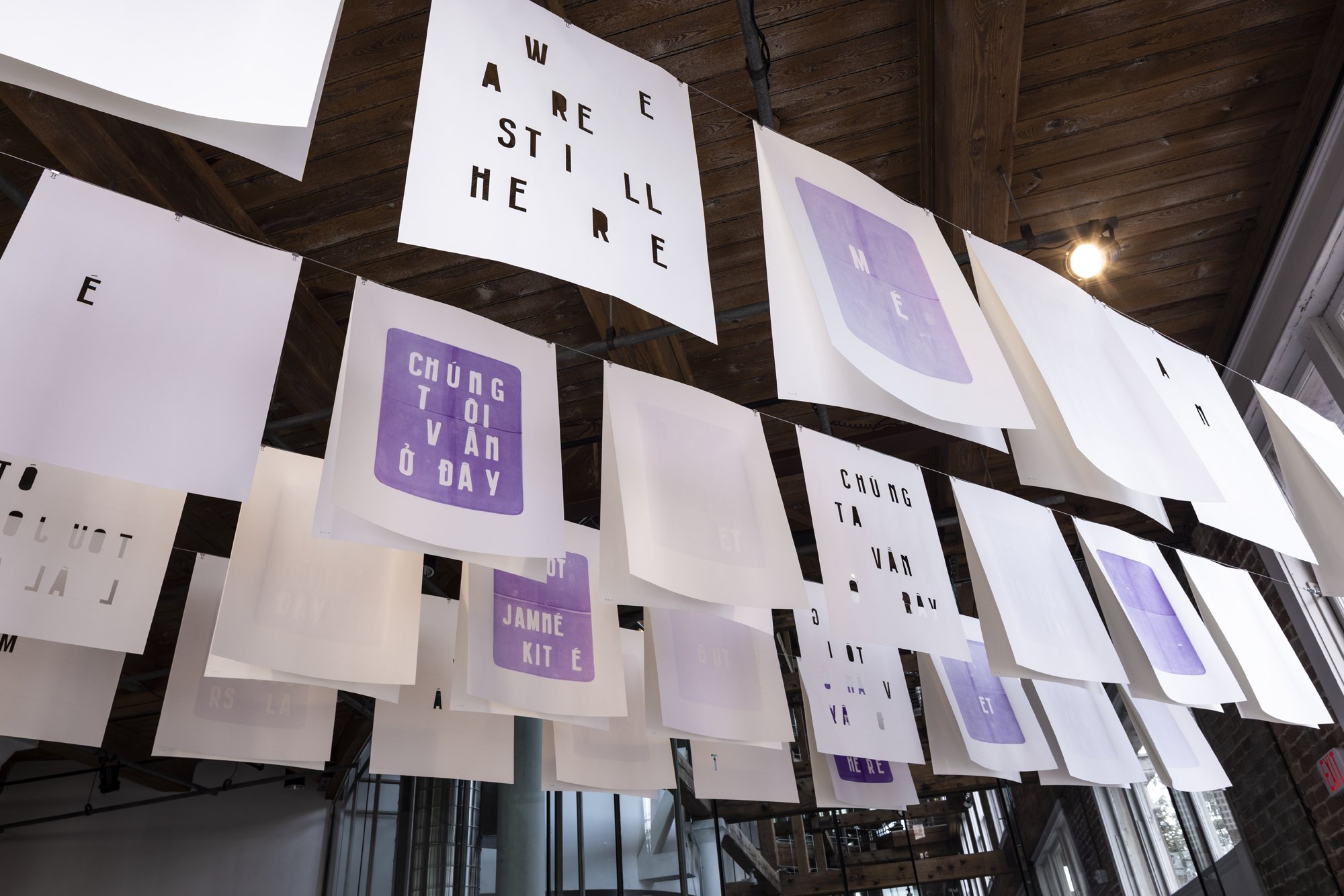

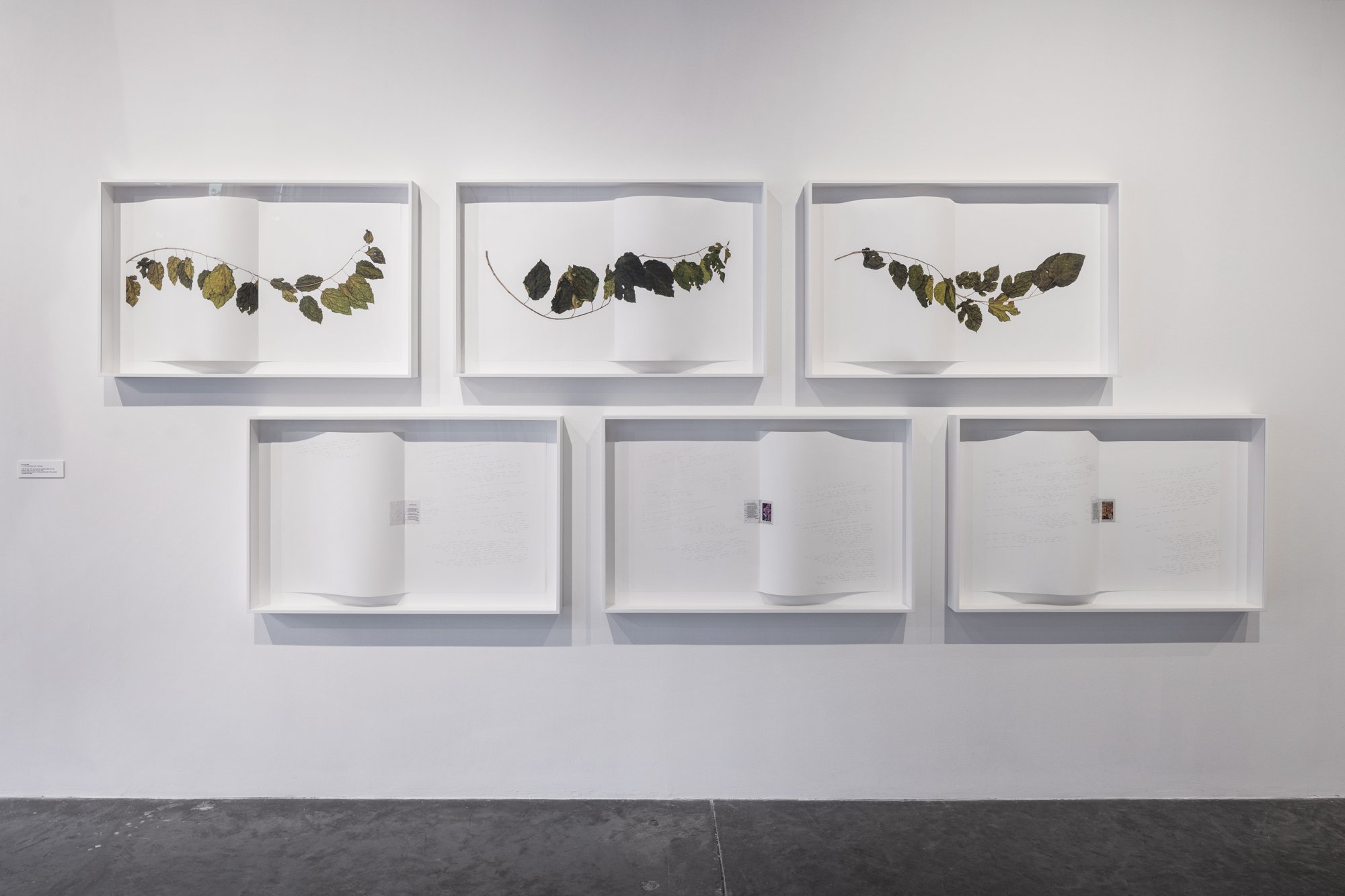

Hương Ngô, 2021. Installation view: Prospect.5: Yesterday we said tomorrow, 2021–22. Contemporary Arts Center, New Orleans. Courtesy Prospect New Orleans. Photo: Alex Marks
Jennifer Packer
b. 1984, Philadelphia
Lives in New York
venue
Ogden Museum of Southern Art
925 Camp Street, New Orleans, LA 70130
Monday–Sunday, 10 AM–5 PM
neighborhood
Downtown/Central Business District (CBD)
About the project
Jennifer Packer’s tender portraits of sitters, predominantly friends and family members, meld abstraction and figuration. Self-possessed and radiant, the figures in her paintings are often shown in states of rest or contemplation. The surfaces of her paintings are richly and vigorously worked, revealing an array of painterly techniques and brushstrokes.
In April (2015) the figure seems to emerge from a glowing yellow background. Draped in a seafoam-green jacket, she reclines in a chair, her legs extending toward the viewer and her boots pressed against the foreground of the painting, as if entering into our space. Even as Packer works to create images sensitive to the quirks and idiosyncrasies of her protagonists, she knows well that the vastness of their inner lives lies beyond her grasp. Instead, her paintings aim to capture a feeling of her sitters, an aura and sensation of presence.
In addition to these images of people, Packer frequently takes up still life painting of flowers and flower bouquets. These works capture both the pleasurable beauty and fleeting nature of flowers, which are used to celebrate as well as to memorialize. Works like Calla Lilies (2015) evince her interest in creating a painting of an object that generates an emotional force akin to that of a portrait.
about the artist
Jennifer Packer paints portraits, interior scenes, and still lifes that give viewers the impression of having glanced into a neighboring window in passing or sifting through personal snapshots. She often engages her friends and family as models, and her work is infused with the authenticity, complexity, and intimacy of those relationships. Packer uses limited color in her paintings and portraits, blending planes into one another, blurring the boundaries between setting and subject. She has altered what it means to produce representational art, which has led her to become one of the most significant painters of her generation. Packer’s work has been included in the Whitney Biennial, New York (2019), and in group exhibitions at the Studio Museum in Harlem, New York, and the Contemporary Arts Museum Houston, among others. Solo exhibitions include Tenderheaded, which debuted at the Renaissance Society at the University of Chicago in 2017 and traveled to the Rose Art Museum at Brandeis University, Waltham, Massachusetts, in 2018. Packer earned a BFA from the Tyler School of Art and Architecture, Temple University, Philadelphia (2007), and an MFA from Yale School of Art, New Haven, Connecticut (2012). She is a professor at the Rhode Island School of Design, Providence.
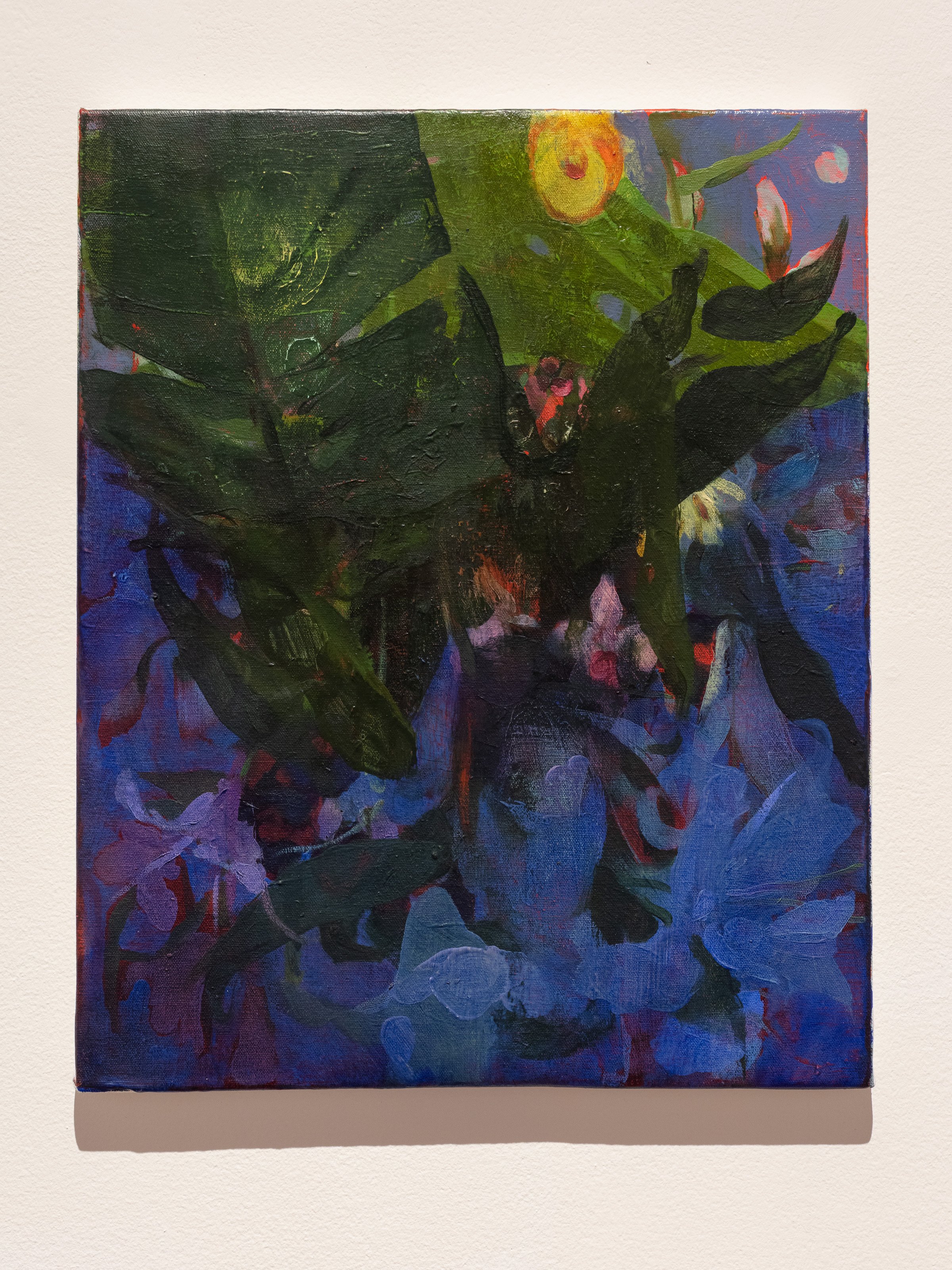
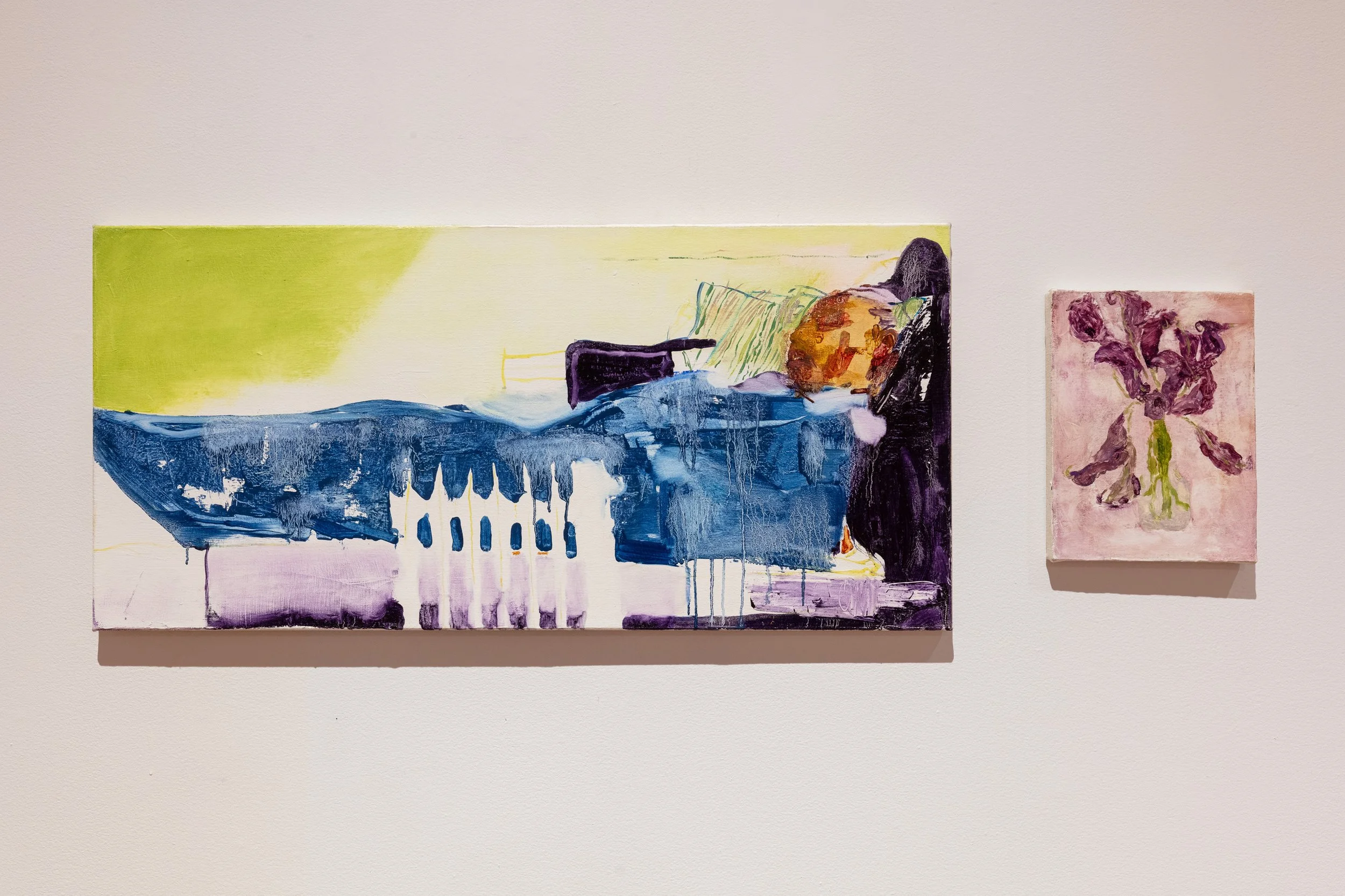
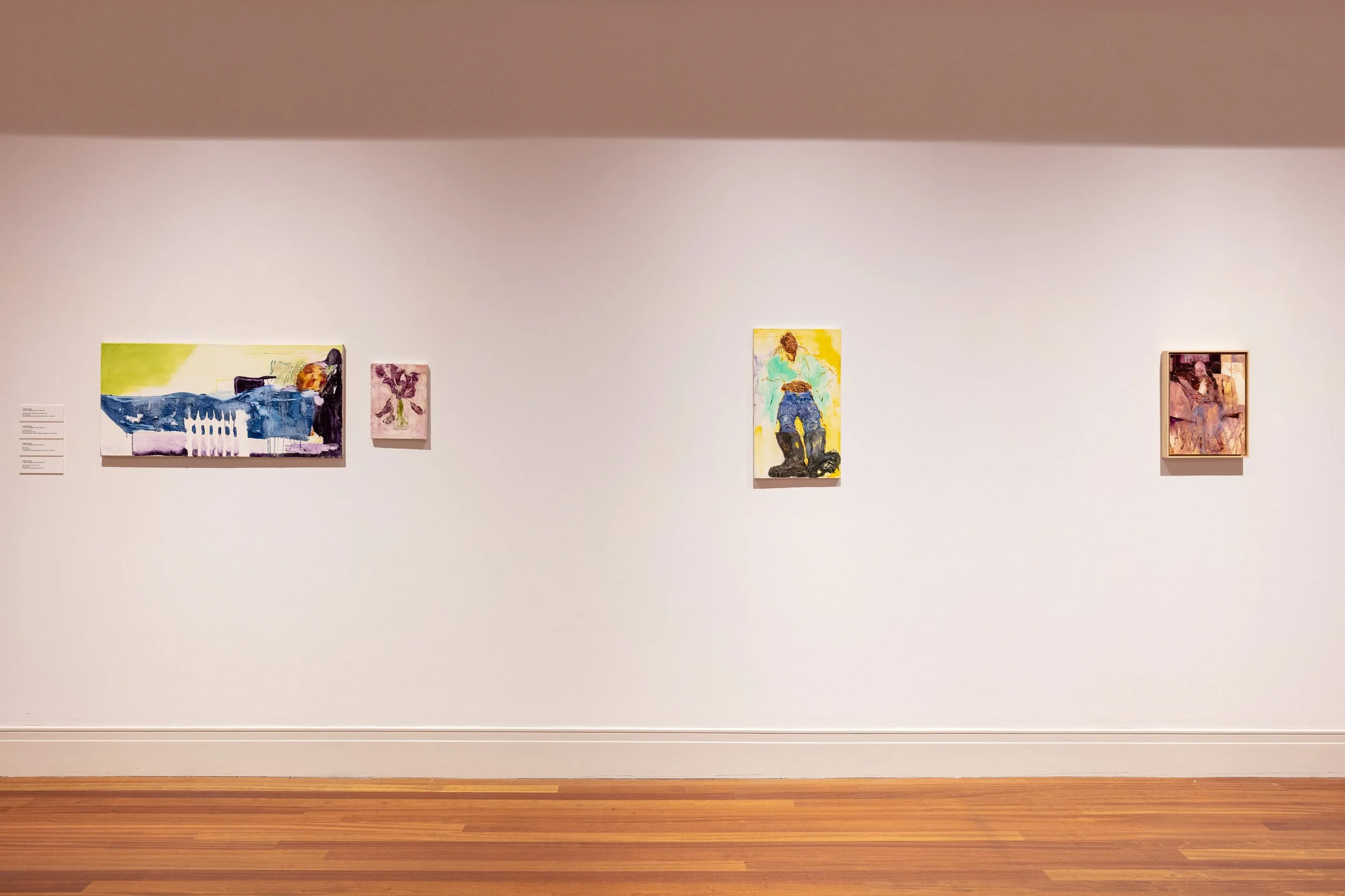
Jennifer Packer, 2021. Installation view: Prospect.5: Yesterday we said tomorrow, 2021–22. Ogden Museum of Southern Art, New Orleans. Courtesy Prospect New Orleans. Photo: Jonathan Traviesa
Eric-Paul Riege
b. 1994, Gallup, New Mexico
Lives in Gallup, New Mexico
venue
Contemporary Arts Center, New Orleans
900 Camp Street, New Orleans, LA 70130
Monday, 11 AM–5 PM
Tuesday, closed
Wednesday–Sunday, 11 AM–5 PM
neighborhood
Downtown/Central Business District (CBD)
About the project
Eric-Paul Riege’s massive textile installation titled + (pronounced like the Navajo/Diné lower-case “t”) resulted from a collaboration with the materials at play. Riege responded to the wool, cotton, and polyester materials he used, employing them to their fullest potential to create a sacred structure that calls in his ancestors. The artist remarked of the making of this piece that such a labor-intensive process is guided by his hands knowing what to do before his mind does, revealing the way in which making is a form of learning. The artist animates his art as he creates it, giving it charge through his labor and his bodily and personal connections to it. Seeing the work as constantly evolving, he also activates it in the gallery space—four cloaks placed on the backs of eight-legged sheep will be donned by the artist at the close of the exhibition, allowing him to become enveloped in the fibrous materials and invigorated by the piece and the spirits called to it.
A mixture of natural and synthetic materials, the plush, eight-legged sheep—each kept within eight vertically hung soft “stalls”—look out from the center, suggesting their interaction with visitors. They pay homage to the animals from which their materials are taken as well as to the spider, which, in Navajo/Diné mythology, is the original weaver of this planet and teacher of this sacred tradition. The structure forms a cross, referencing the four cardinal directions, a means of diagramming and making tangible history, self, and world. At the center hangs an enlarged, soft pendant earring. Meant to be worn by the gods, the pendant also honors jewelers and craftspeople as memory makers and culture bearers. Combining the playful and the spiritual, the physical and the non-material, this structure embodies the artist’s worldview informed by and in reverence for his Navajo/Diné heritage and the natural world within a lineage of textile and craft practitioners.
about the artist
Working across media, with an emphasis on woven sculpture, wearable art, and durational performance, Eric-Paul Riege and his work celebrates hózhó, the worldview fostered by Diné, or Navajo, and its bearing on everyday experience. It is a philosophy encompassing beauty, balance, goodness, and harmony in all things physical, mental, and spiritual. His practice narrates his personal history and the rituals and traditional stories of his ancestors, while paying homage to generations of weavers in his family. Riege’s work was exhibited at the Institute of Contemporary Art, Miami (2019), and at the 2018 SITElines Biennial, Santa Fe, New Mexico. He earned a BFA in Studio Art and Ecology from the University of New Mexico, Albuquerque, in 2017.
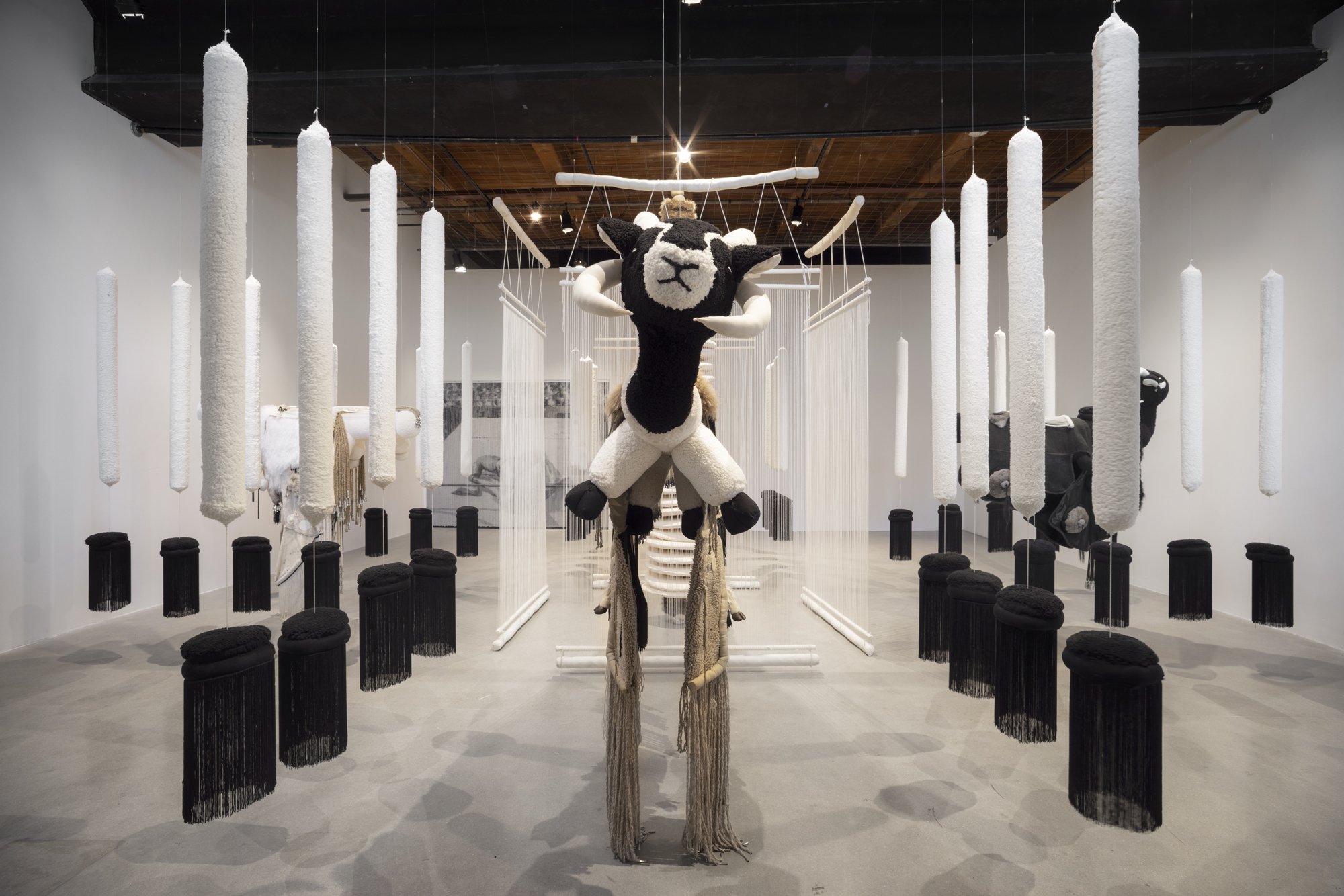
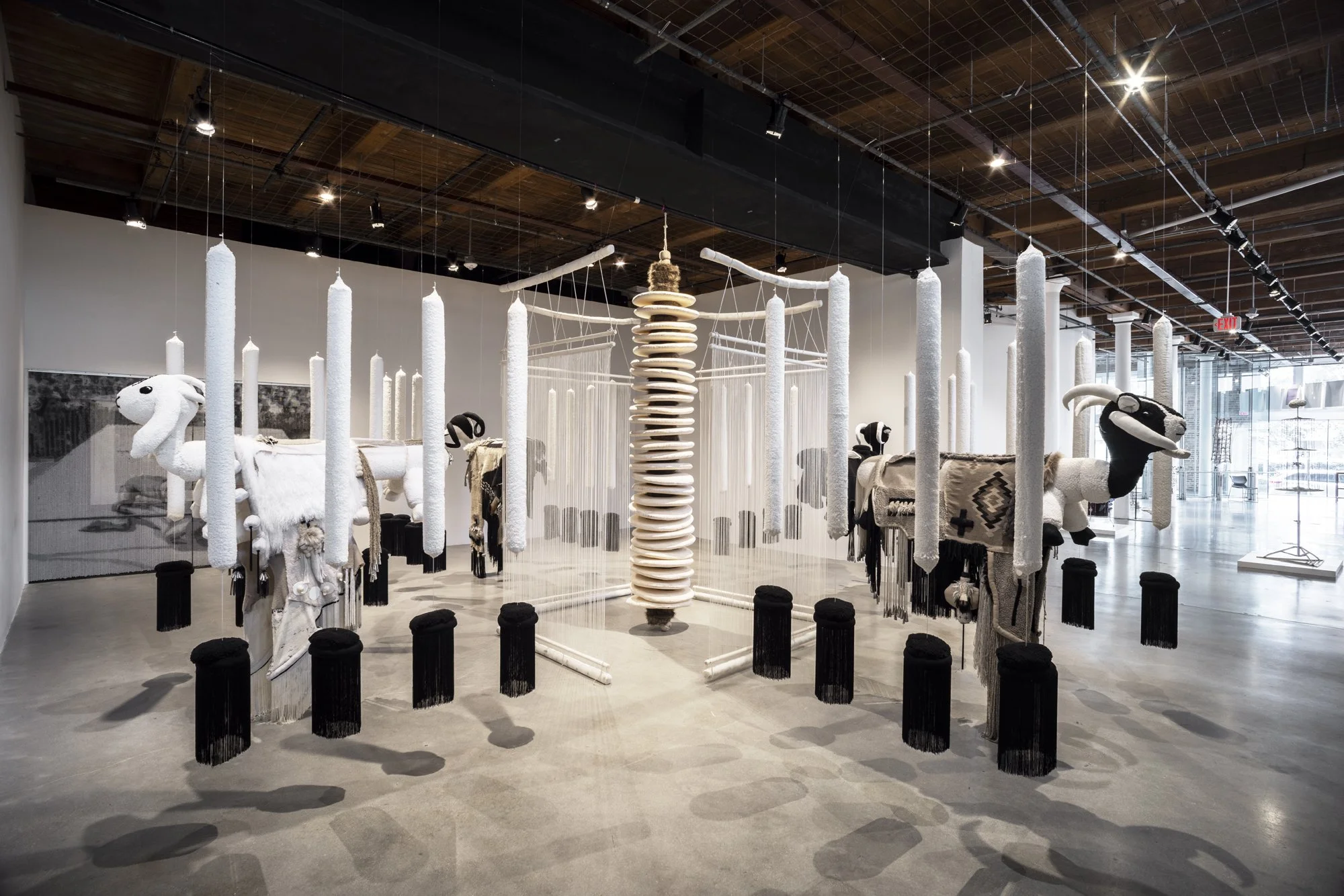
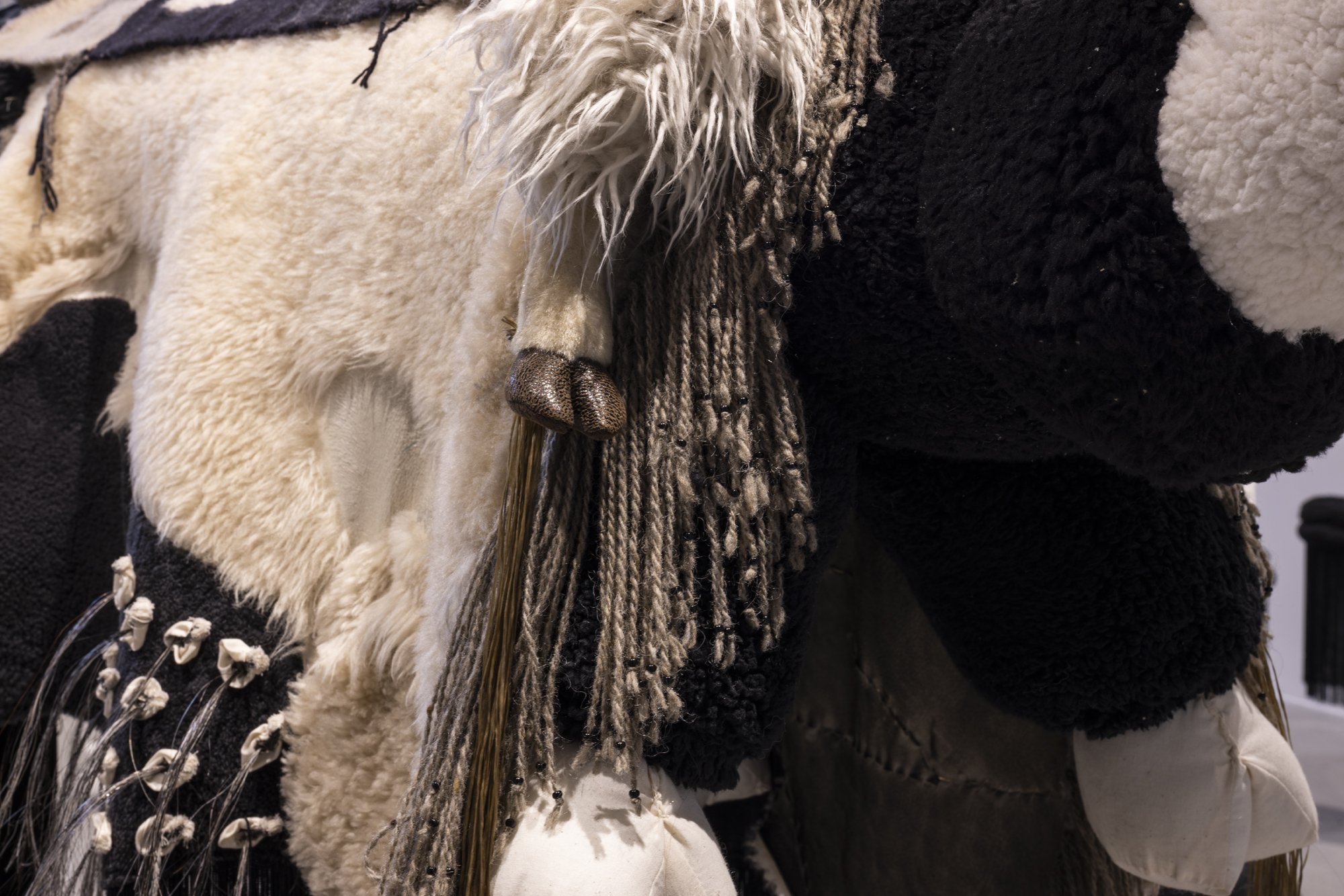
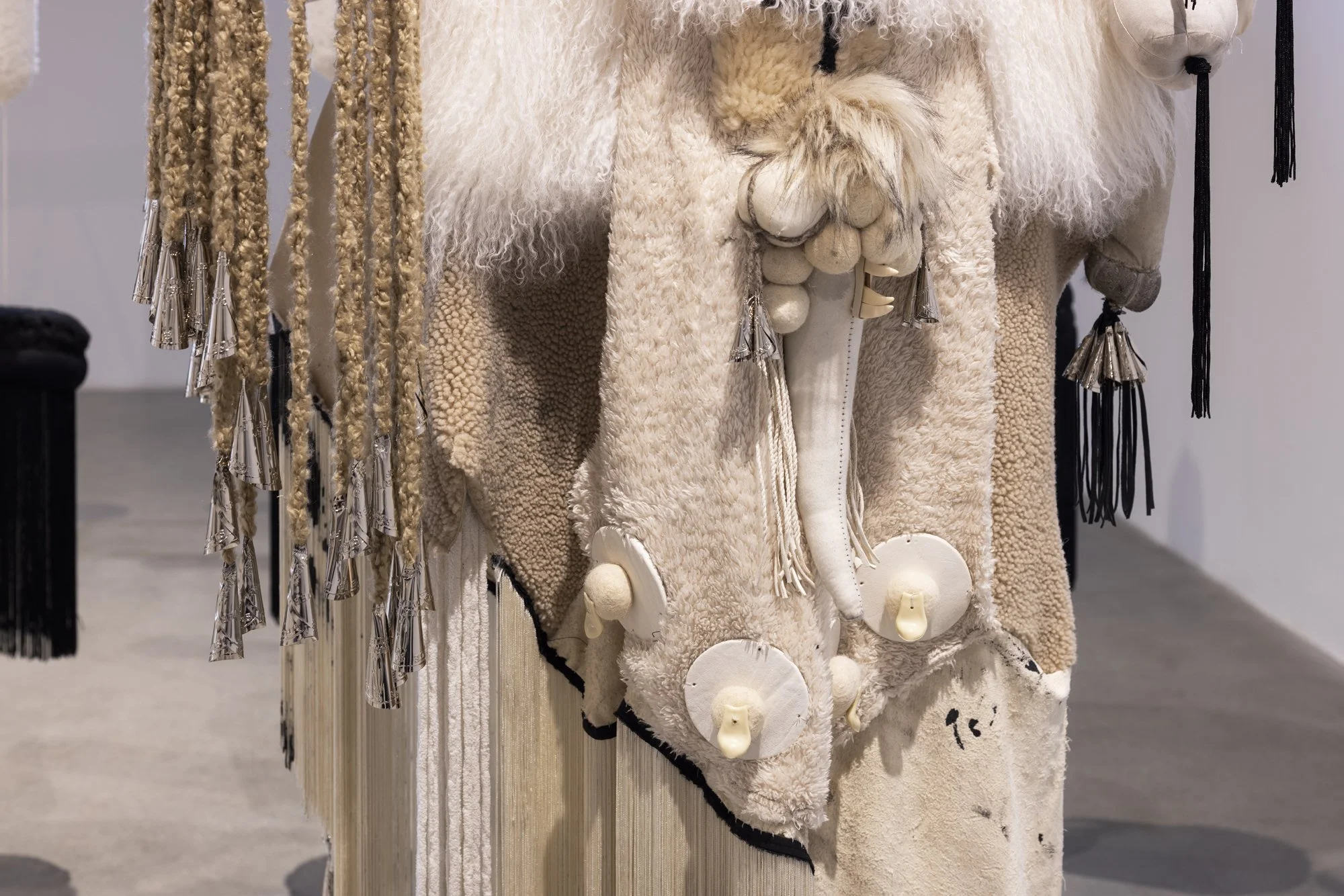
Eric-Paul Riege, +, 2021. Mixed fibers, dimensions variable. Installation view: Prospect.5: Yesterday we said tomorrow, 2021–22. Contemporary Arts Center, New Orleans. Courtesy Prospect New Orleans. Photo: Alex Marks
Beatriz Santiago Muñoz
b. 1972, San Juan, Puerto Rico
Lives in San Juan, Puerto Rico
venue
Contemporary Arts Center, New Orleans
900 Camp Street, New Orleans, LA 70130
Monday, 11 AM–5 PM
Tuesday, closed
Wednesday–Sunday, 11 AM–5 PM
neighborhood
Downtown/Central Business District (CBD)
about the project
Cuervo and Low-Polygon Poem, 2021
Two-channel color HD video with sound; 26 mins.
Courtesy the artist
Beatriz Santiago Muñoz’s video is an interrogation of place, the Caribbean specifically, as well as the medium of film itself. Projecting onto both a traditional screen and a sheer curtain, Santiago Muñoz’s video combines footage from her native Puerto Rico and a 2020 trip to Haiti to visualize links between these places and New Orleans, which is often referred to as “the northernmost Caribbean city.” The film moves swiftly between documentation, interviews, scientific and computer-generated footage, and ethereal imagery, juxtaposing the everyday with the otherworldly while pointing to the ecological and cultural similarities and divergences among these places. Translation emerges as a mode of differentiation: in Puerto Rico, flour and salt suggest bread, but in Haiti they suggest veves—religious symbols used in various Voodoo practices.
The video is at times obscured by a darkness that comes after nightfall in regions that have experienced widespread power outages, like those that followed Hurricane Maria in 2017 in Puerto Rico—familiar to those who experienced Hurricane Ida in 2021 or Hurricane Katrina in 2005 in New Orleans. Santiago Muñoz also interrogates the medium of film by the other sense central to film: hearing. What does the taste of salt sound like? Is it possible to translate from one sense to another? Is translation between languages (or places, spaces, perspectives) even truly possible, or is it always merely an approximation?
about the artist
Beatriz Santiago Muñoz is an artist who works primarily with film and video, whether as single-channel works or moving image installations. She approaches each work as a structured improvisation involving the film's materials and grounded in the phenomenological world and history of her subject, whether it is a person, a movement, or a place. Her present work is concerned with a visual poetics of the Caribbean, the sensorial unconscious of anti-colonialism, and wreckage in all its forms. Recent solo exhibitions include Beatriz Santiago Muñoz: Field Station at the Eli and Edythe Broad Art Museum at Michigan State University (2019); Nuevos Materiales at Museo Amparo, Puebla, Mexico (2018); Rodarán cabezas at Espacio Odeón in Bogotá, Colombia; and A Universe of Fragile Mirrors at Pérez Art Museum Miami (2016). Her work has also been shown in the Whitney Biennial, New York (2017), New Museum for Contemporary Art, New York; and El Museo del Barrio, New York; among others.
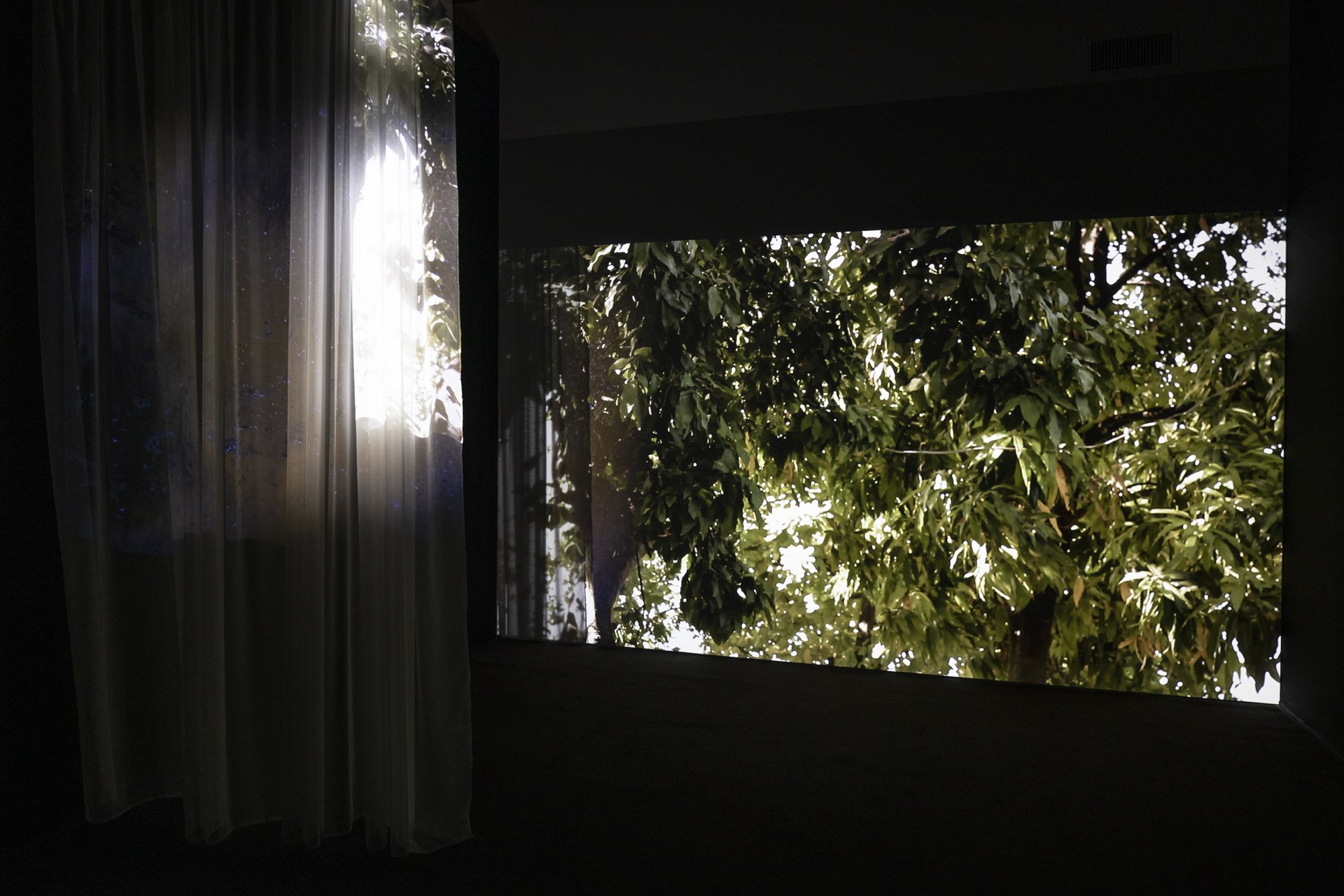
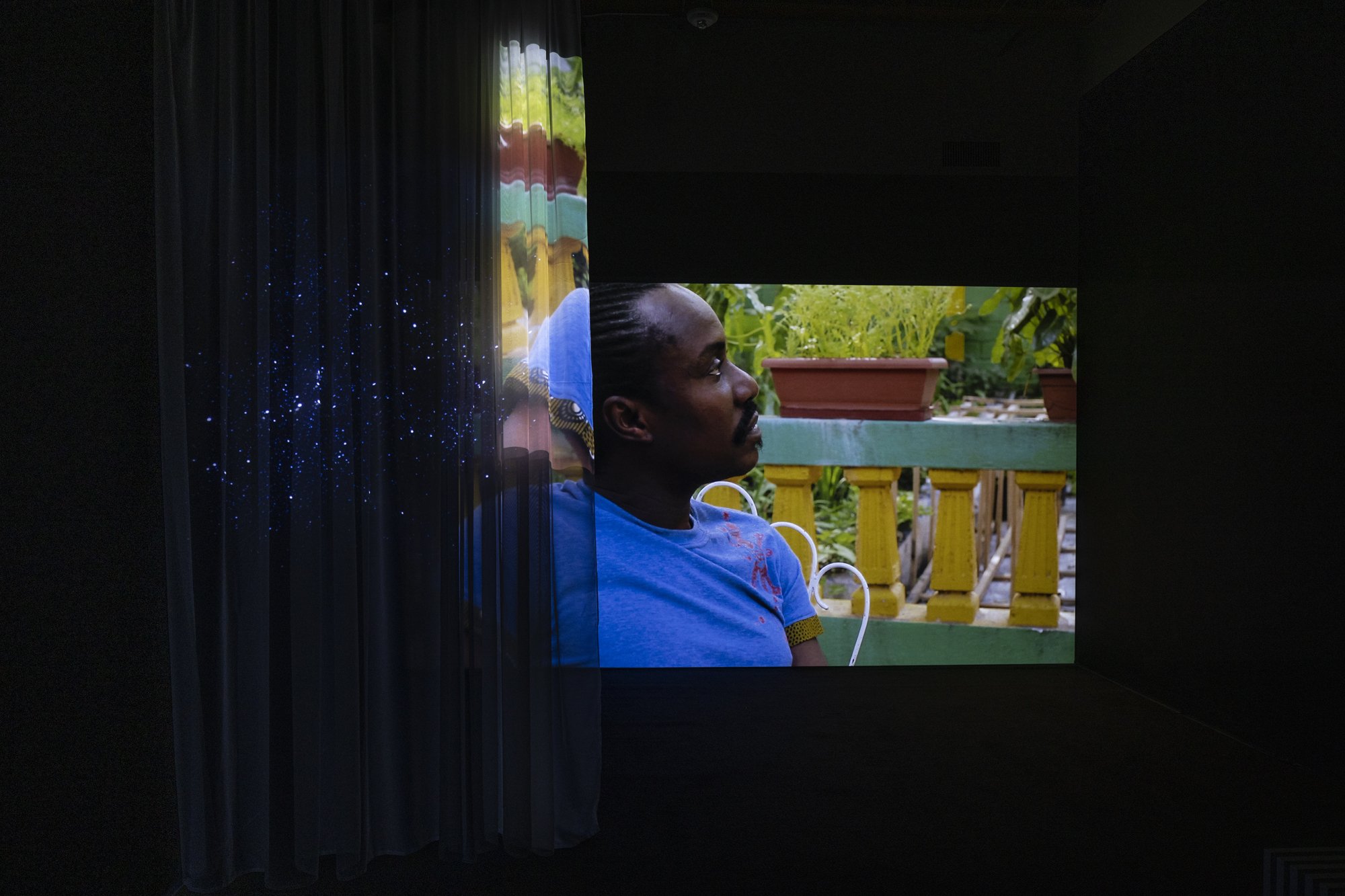
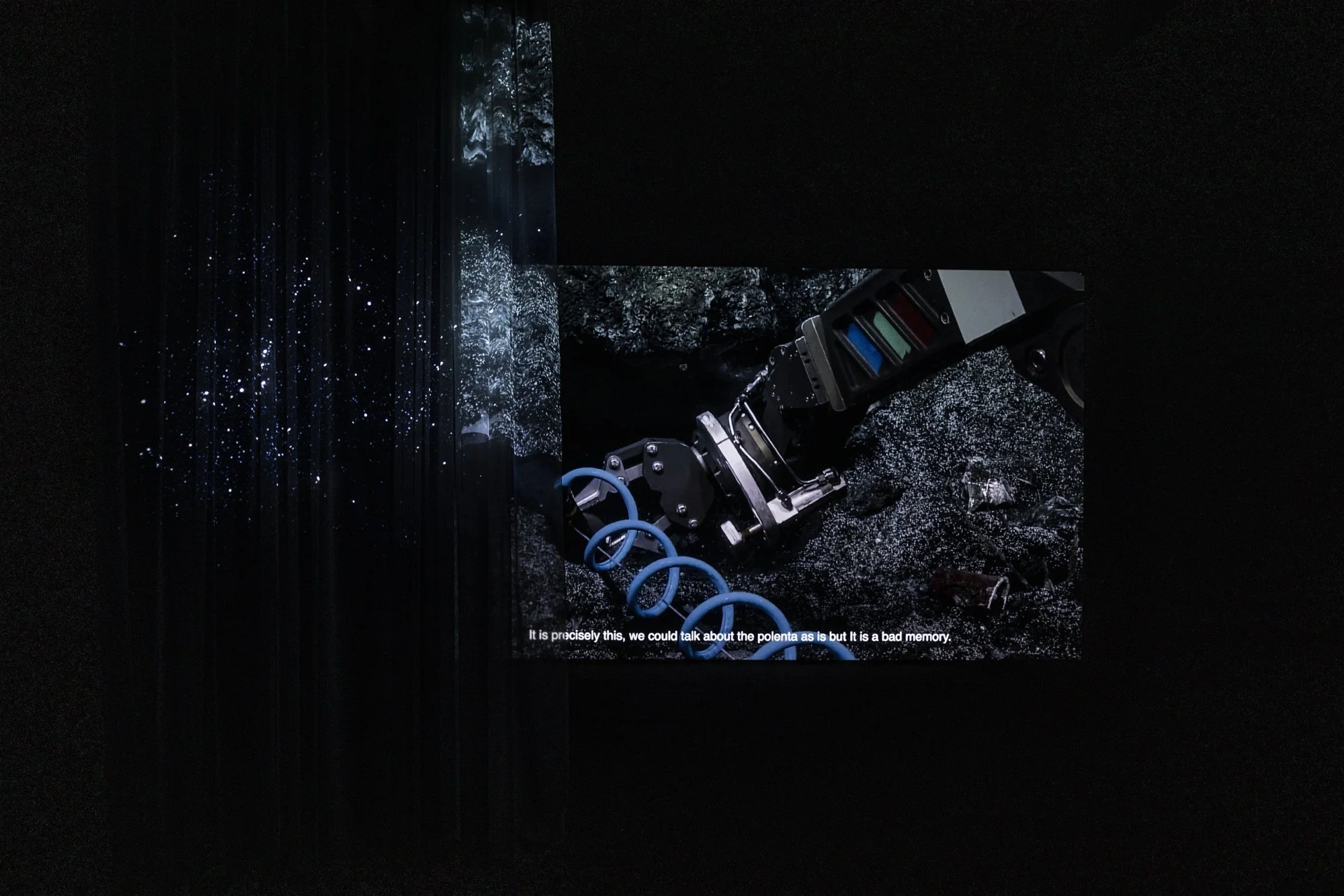
Beatriz Santiago-Muñoz, Cuervo and Low-Polygon Poem, 2021 (stills). Two-channel color HD video with sound, 26 minutes. Installation view: Prospect.5: Yesterday we said tomorrow, 2021–22. Contemporary Arts Center, New Orleans. Photo: Alex Marks
Welmon Sharlhorne
b. 1952, Houma, Louisiana
Lives in New Orleans
venue
Ogden Museum of Southern Art
925 Camp Street, New Orleans, LA 70130
Monday–Sunday, 10 AM–5 PM
neighborhood
Downtown/Central Business District (CBD)
About the project
Welmon Sharlhorne’s drawings use a limited number of materials and precise vocabulary of forms to evoke an array of familiar and imagined structures. Sharlhorne’s works are defined by a signature style that bears a relationship to calligraphy and uses spare linework and patterning to create open compositions. He revisits recurrent subjects including animals, fantastic beasts, vehicles, and architecture, especially churches. The geometry of his works lends them a consistent rhythm that mirrors the constant and incremental passage of time. His drawings often feature clock faces at their center, as well as imagery that speaks to life, death, law, order, and salvation.
The works selected also relate to his biography––his time spent in the Louisiana State Penitentiary in Angola and living in New Orleans––as well as imagined spaces beyond this world that his drawings invite us into. Sharlhorne began drawing using an assortment of common tools—ballpoint pens, bottle caps, washers, bowls, as well as manila envelopes, the only large paper he could regularly access while incarcerated, through contact with his lawyers. Though his tools reflect conditions of constraint, his transformations speak to his technical skills and the transcendent abilities of dedication to a craft.
about the artist
Welmon Sharlhorne is a self-taught artist who learned his craft while wrongfully imprisoned in the Louisiana State Penitentiary (“Angola”) for more than twenty years. While in prison, Sharlhorne began to make art. He created ink drawings using an assortment of “prison tools” such as bottle caps, washers, and bowls to create circles and curves, and tongue depressors to create straight lines. The only paper allowed to him was manila envelopes, which were provided for contact with his lawyers. His meticulous pen and ink drawings of imaginary structures, people, buses, birds, and night skyscapes employ geometry and pattern, and evoke a sense of spiraling time, likely reflective of his seemingly interminable incarceration.
Sharlhorne sold his works to other inmates, who sent them to family members and others outside of Angola. They eventually made their way into broader circulation and gained critical and market attention. Sharlhorne’s work is included in the collections of the Smithsonian American Art Museum, Washington, DC; Collection de l’Art Brut, Lausanne, Switzerland; and the American Visionary Art Museum, Baltimore.


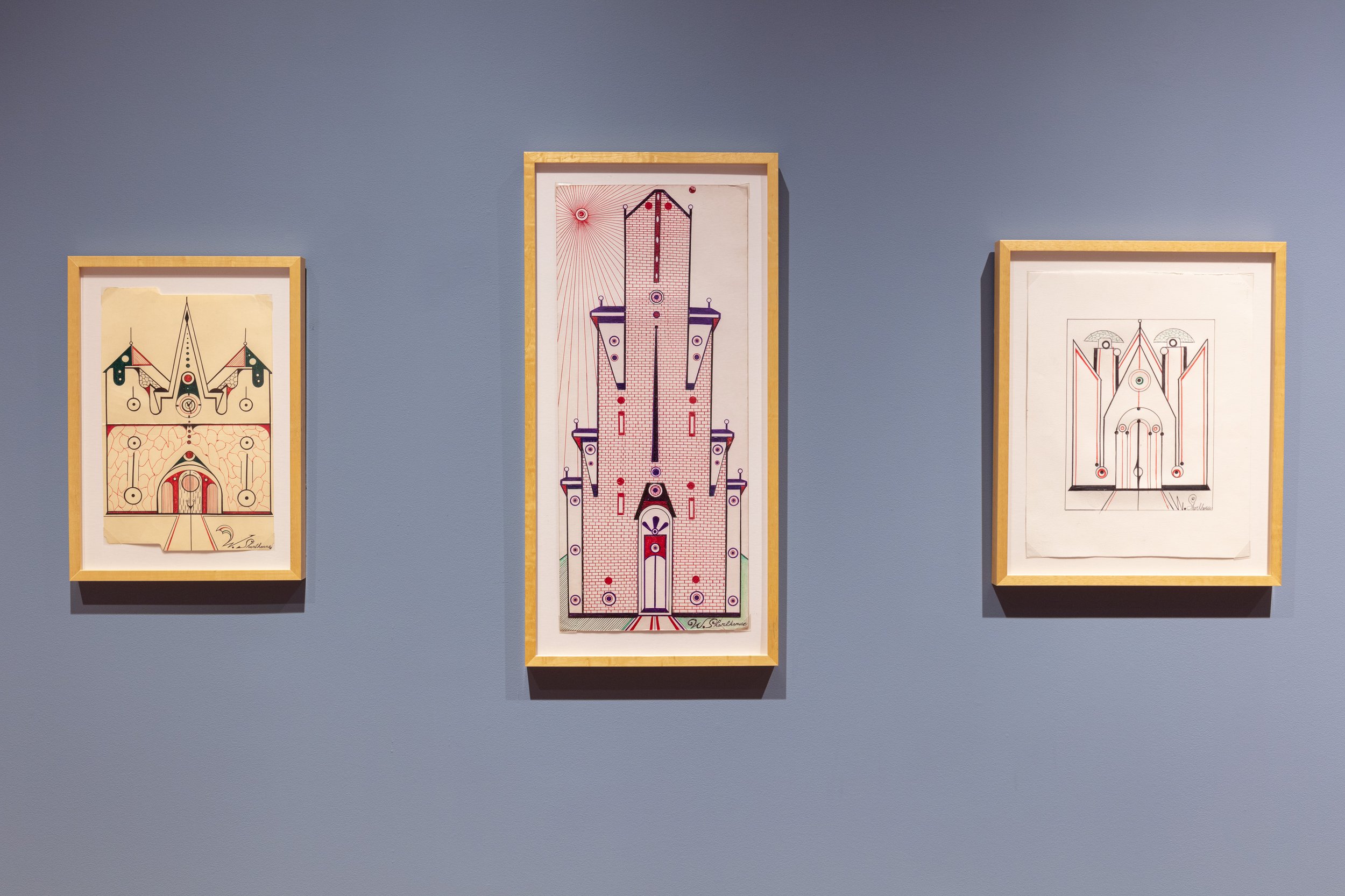
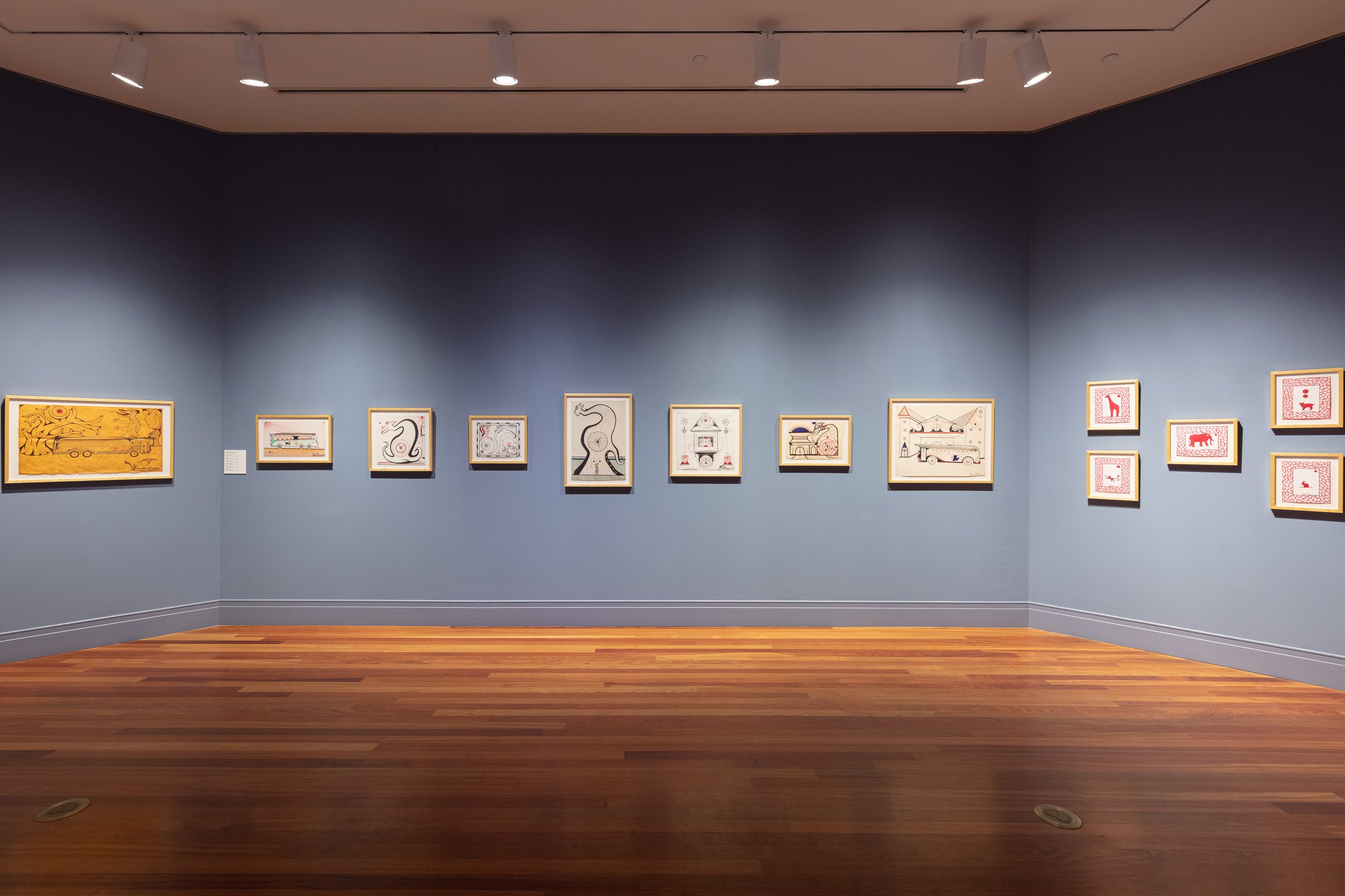

Welmon Sharlhorne, 2021. Installation view: Prospect.5: Yesterday we said tomorrow, 2021–22. Ogden Museum of Southern Art, New Orleans. Courtesy Prospect New Orleans. Photo: Jonathan Traviesa
Kiki Smith
b. 1954, Nuremberg, Germany
Lives in New York
venue
Contemporary Arts Center, New Orleans
900 Camp Street, New Orleans, LA 70130
Monday, 11 AM–5 PM
Tuesday, closed
Wednesday–Sunday, 11 AM–5 PM
neighborhood
Downtown/Central Business District (CBD)
About the project
Kiki Smith is drawn to the vast and spectacular complexities of the cosmos. Her recent prints and sculptures have increasingly conveyed her fascination with the spiritual and physical forces of the natural world, and the ever-shifting role of humans within it. The large-scale Sungrazer sculptures hung on the wall, for instance, give form to the sparkling brilliance and motion of stars, rendering comets in bronze with multicolored patinas. The nearby small sculptures in silver, bronze, and aluminum also imagine celestial forms, some in more literal, observational ways, while others seem to be imbued with imaginative, folkloric qualities.
Smith has been similarly preoccupied with meteorological phenomena: Force III is part of a new series of cyanotype prints that depict the whirling movement of hurricane patterns. Set against bright-blue backdrops, the delicate patterns create constellations of their own, at once revealing the stirring beauty and tremendous force of nature.
about the artist
Kiki Smith is a German-American artist who studied for a time at the Hartford Art School in Connecticut before moving to New York, where she has been based for forty years. Her early work treats such subjects as the AIDS epidemic and gender. More recently, she has turned her attention toward the relationship of the human condition to nature, specifically feminine subjects. Her practice includes the use of tattoo, drawing, sculpture, printmaking, textiles, and photography to create figural representations that explore themes of mortality, sexuality, and the human body and bodily fluids. Smith has been featured three times in the Whitney Biennial, New York, and five times in the Venice Biennale. Among other venues, her work has been shown at the Museum of Contemporary Art, Los Angeles; Hirshhorn Museum and Sculpture Garden, Washington, DC; Carnegie Museum of Art, Pittsburgh; and the San Francisco Museum of Modern Art. Her print work is found in the collections of the Art Institute of Chicago; National Gallery of Art, Washington, DC; Museum of Modern Art, New York; and the Whitney Museum of American Art. Smith has received numerous awards and honors for her work, such as the International Sculpture Center’s Lifetime Achievement Award (2016) and the US Department of State’s Medal of Arts (2012). She is a member of the American Academy of Arts and Letters and the American Academy of Arts and Sciences.
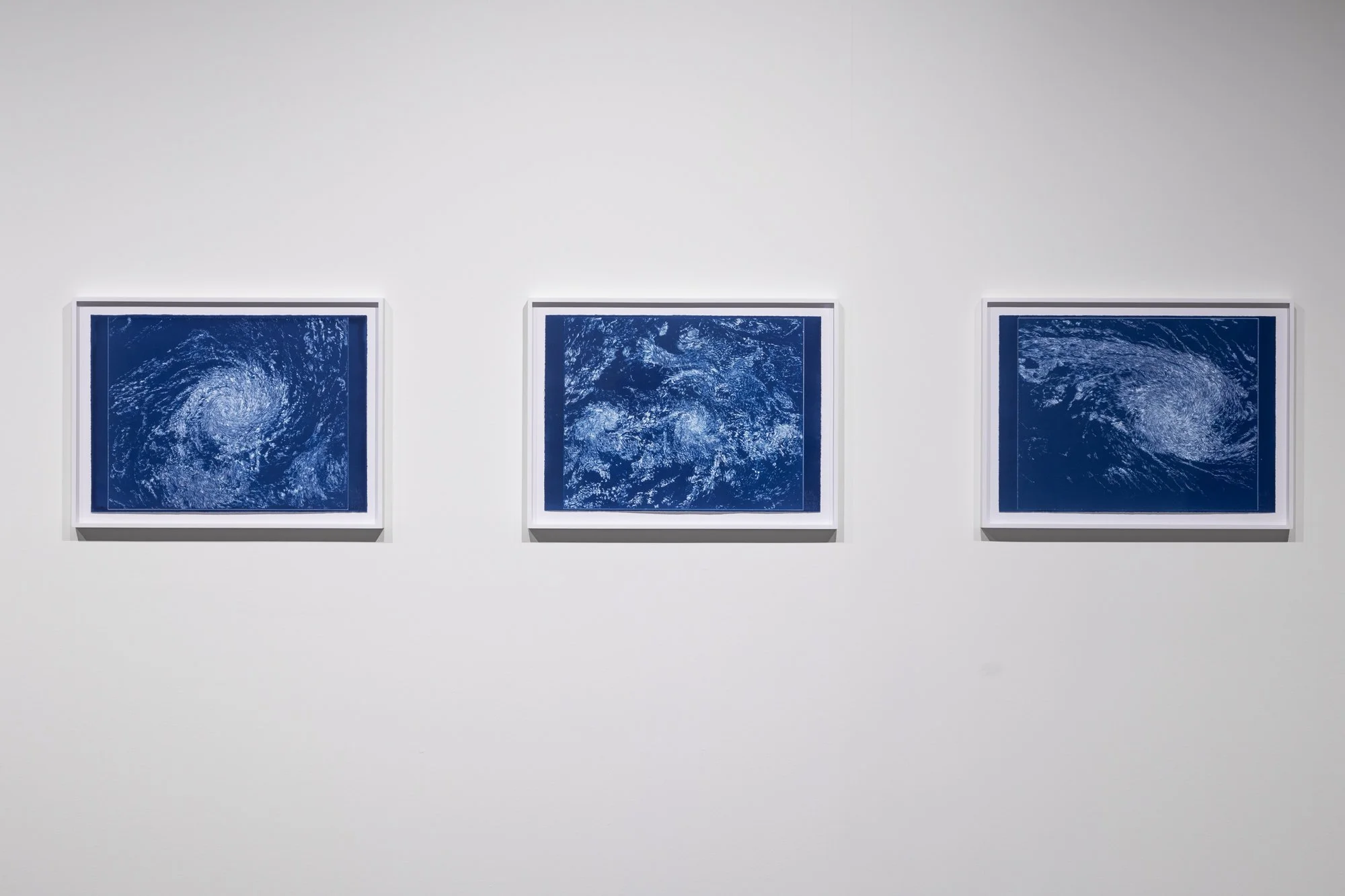
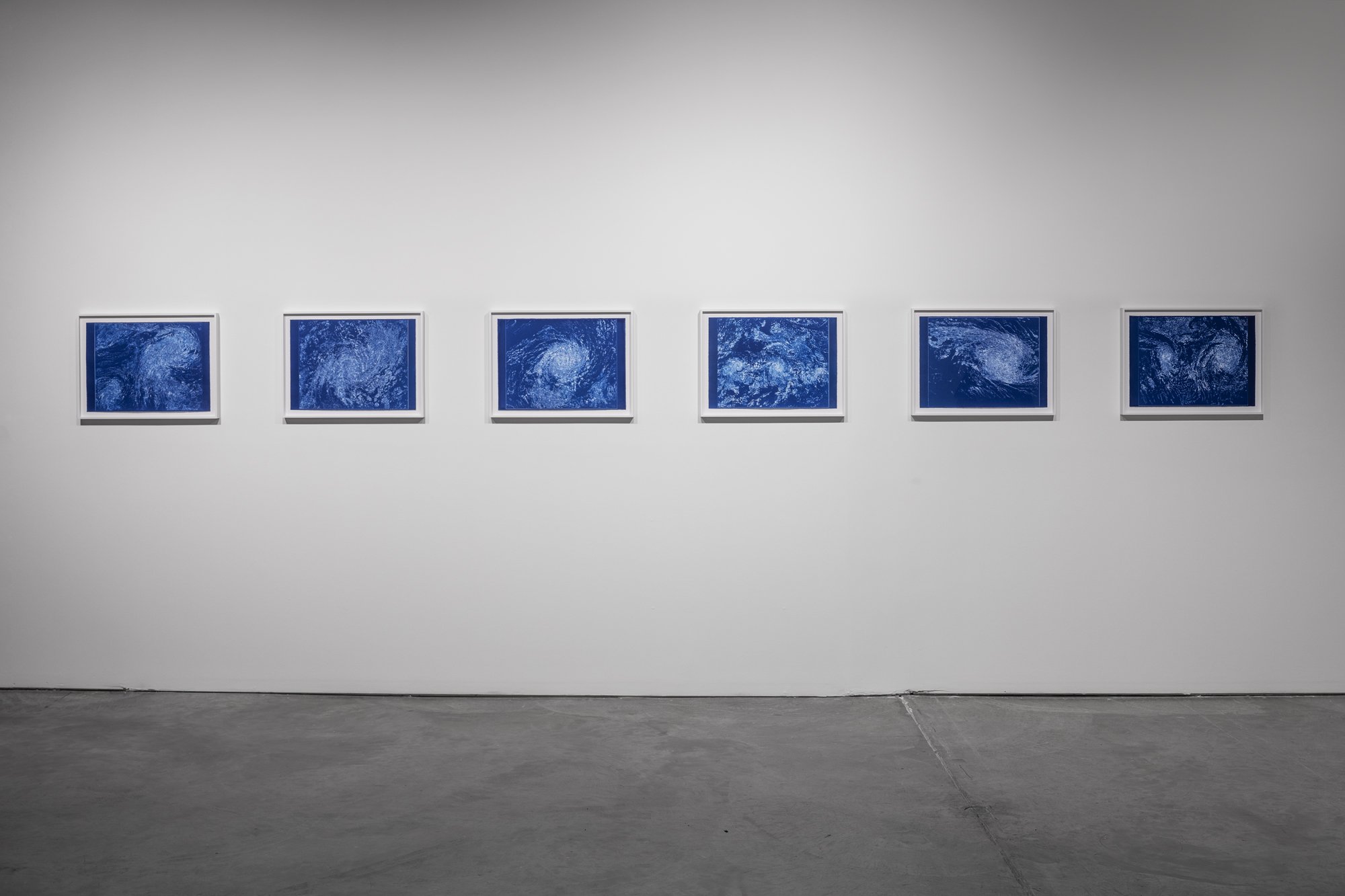

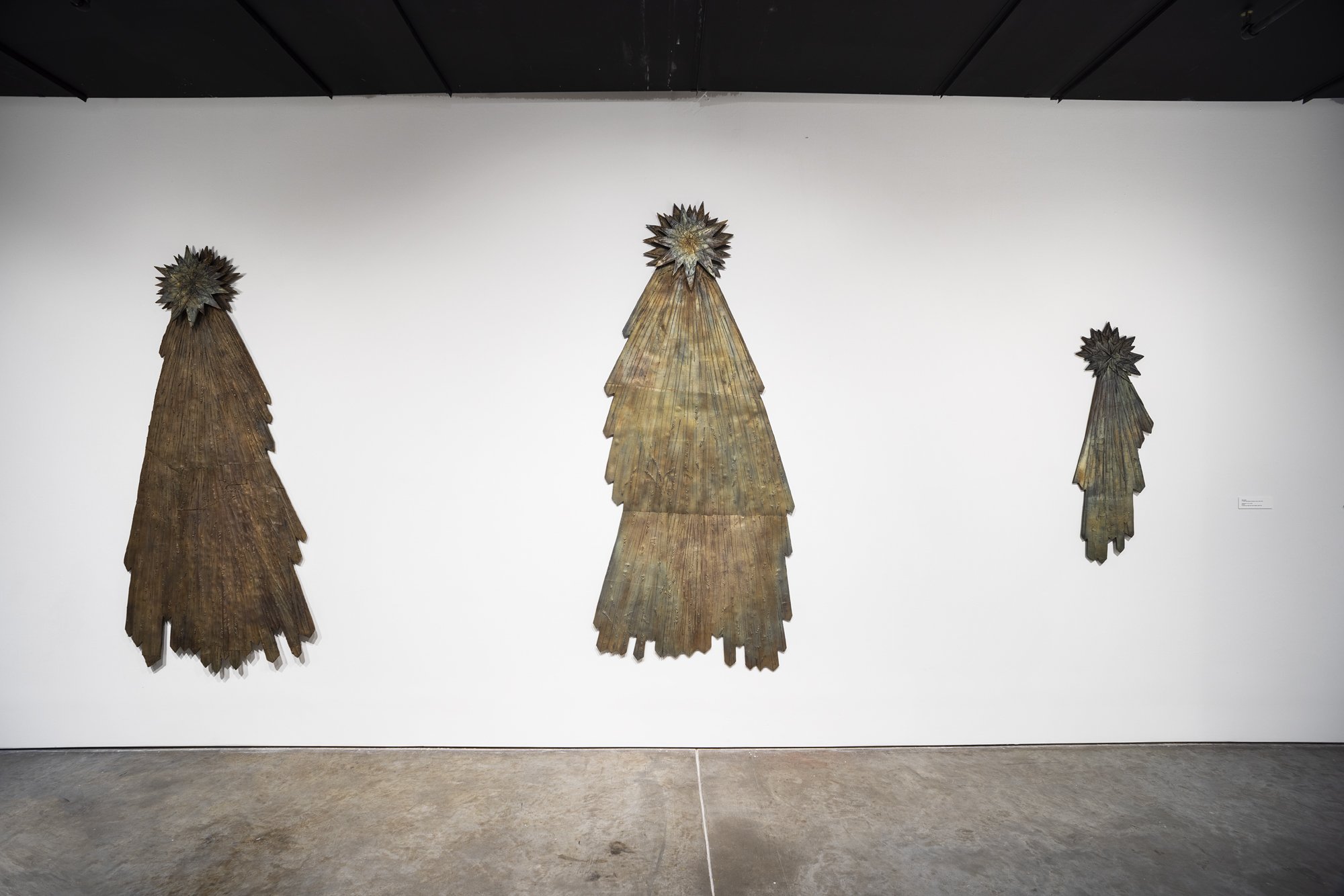
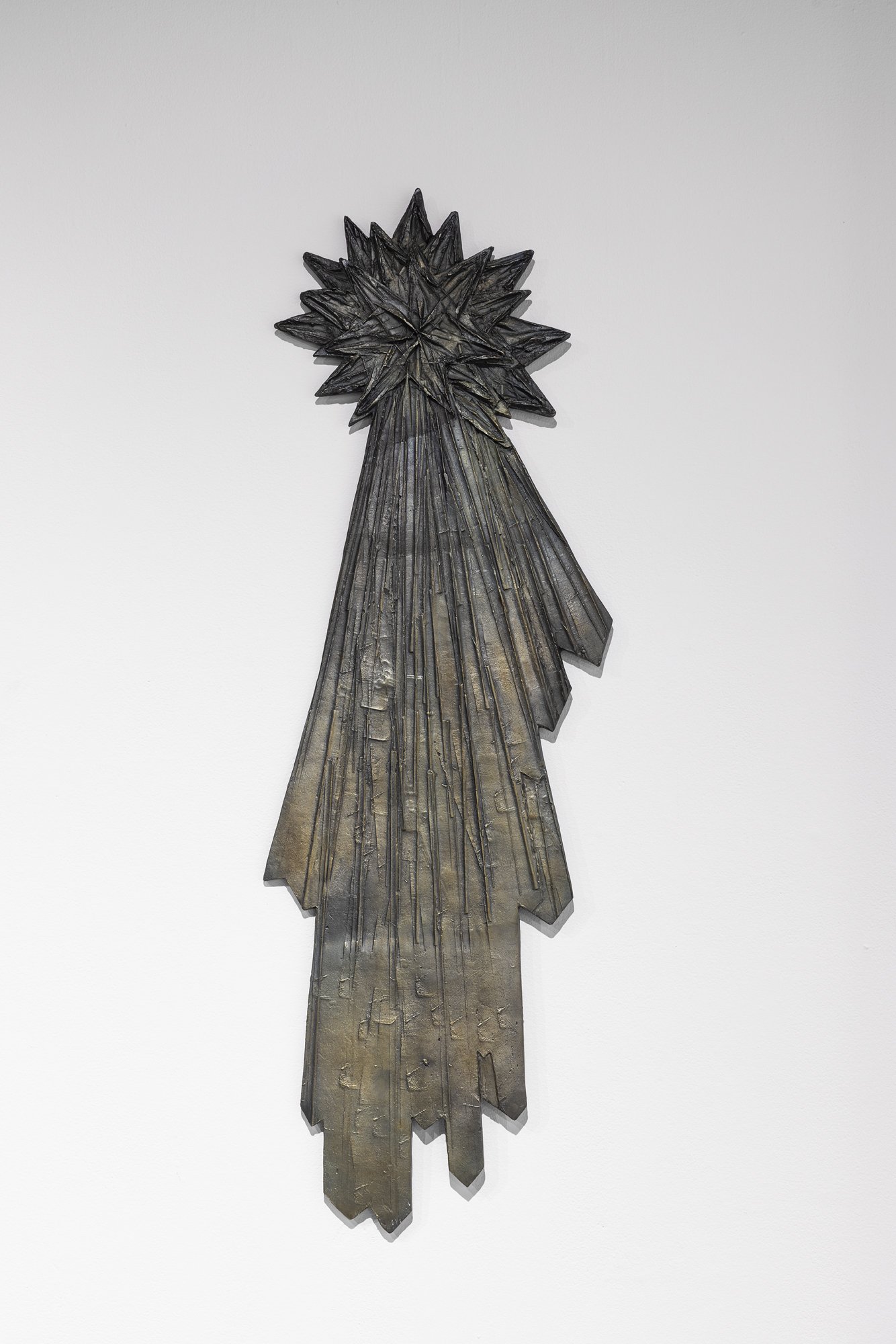

Kiki Smith, 2021. Installation view: Prospect.5: Yesterday we said tomorrow, 2021–22. Contemporary Arts Center, New Orleans. Courtesy Prospect New Orleans. Photo: Alex Marks
Carlos Villa
b. 1936, San Francisco
d. 2013, San Francisco
venue
Contemporary Arts Center, New Orleans
900 Camp Street, New Orleans, LA 70130
Monday, 11 AM–5 PM
Tuesday, closed
Wednesday–Sunday, 11 AM–5 PM
neighborhood
Downtown/Central Business District (CBD)
About the project
This presentation of Carlos Villa’s work is representative of the artist’s longstanding explorations of multicultural identity—a sense of self grounded within a diverse community and the natural world. Villa explored his own roots as a Filipino American growing up in the San Francisco Bay Area, and eventually expanded his interests outward to Oceanic, Latino, African, and Asian heritages. His coats and layered canvases—composed of painted psychedelic patterns overlaid with feathers and blood—merge abstraction with cross-cultural references. Old Masters (1979), a canvas that incorporates acrylic paint, feathers, and blood, and utilizes motifs drawn from Native American, Pacific Islander, and Latinx societies, brings communities into conversation with one another, while the title places the artist’s practice within both Western art historical and Pan-Asian cultural lineages. Meanwhile, the bodily fluids that grace the canvas—be it from the artist, an animal, a friend, or a stranger—work to center our lived, embodied experience. Similarly, the artist’s recurrent use of feathers and bones speaks to the sacred influences of nature on regional and personal identity formation. Villa’s work decenters whiteness, focusing on a breadth of cultural influences in a manner that is reverential to the land, ancestors, and our mutual existence.
about the artist
Carlos Villa was a multimedia and performance artist who explored the meaning of cultural diversity and multicultural issues in the arts through work in a variety of materials, including oil and acrylic paints, aluminum, steel, bronze, wood, feathers, blood, mirrors, fiber, and found objects. Villa’s performances, which he called “actions,” were an exploration of his Filipino heritage, and were woven with Asian, Oceanic, and African cultures to create a visual anthropology to represent his personal background and an expanded the definition of “multicultural” in the arts. Villa received a BFA from the San Francisco Art Institute and an MFA from Mills College, Oakland, California. He served on the faculty of the San Francisco Art Institute for many years and was an influential presence in the Bay Area through his work and teaching. Villa was the recipient of many awards and grants, including a grant from the National Endowment for the Arts and a Guggenheim Fellowship.
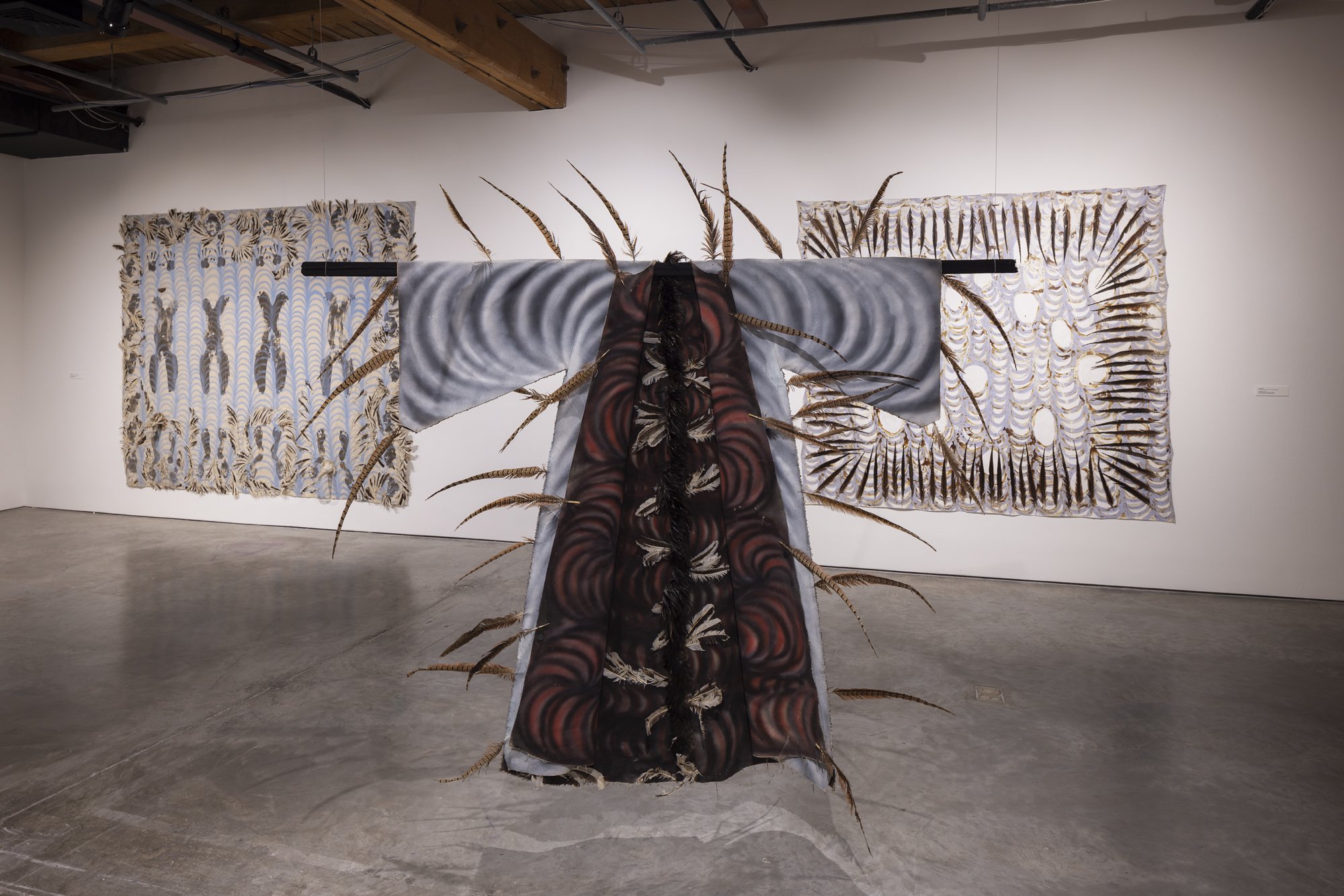
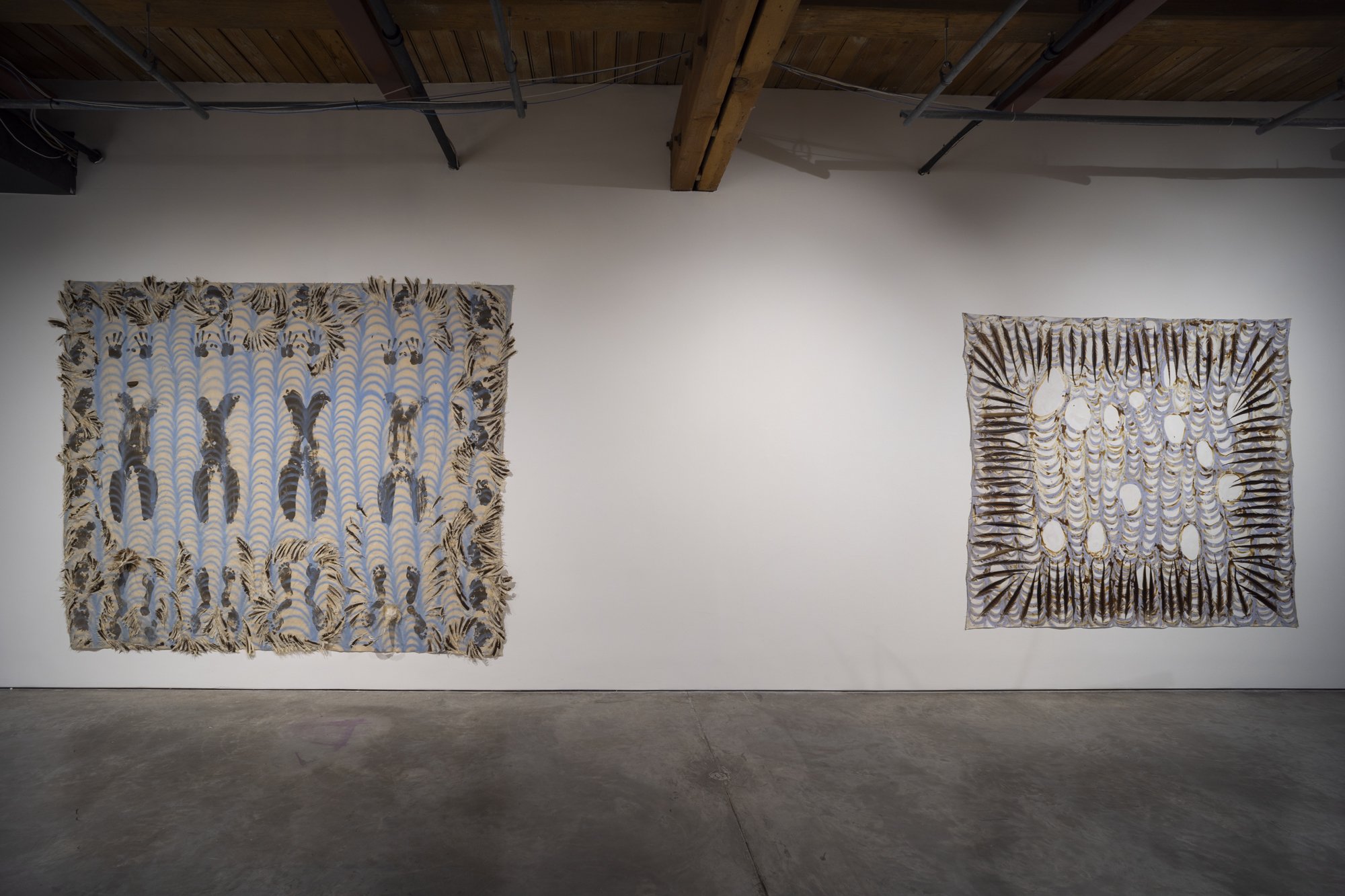
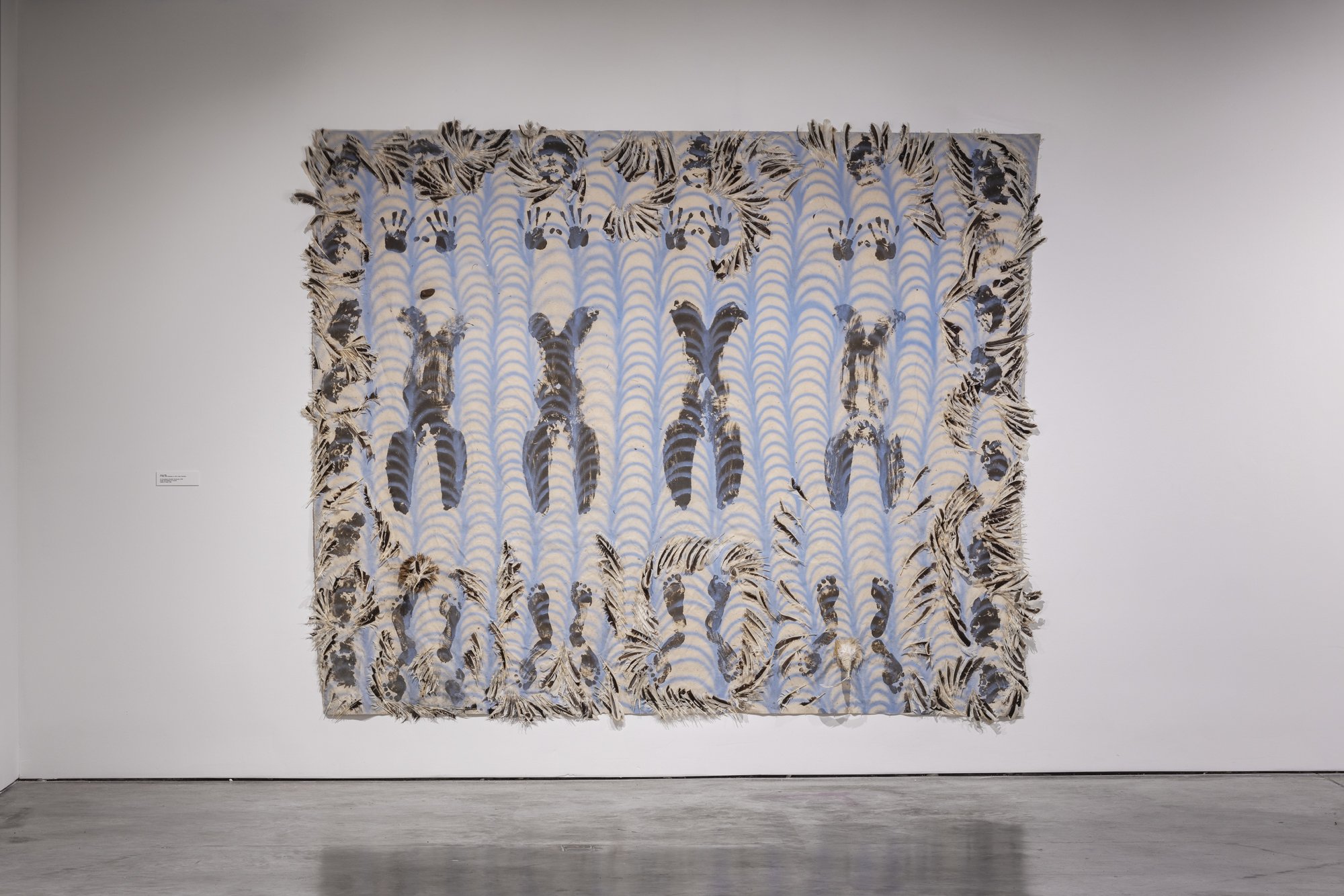

Carlos Villa, 2021. Installation view: Prospect.5: Yesterday we said tomorrow, 2021–22. Contemporary Arts Center, New Orleans. Courtesy Prospect New Orleans. Photo: Alex Marks
Cosmo Whyte
b. 1982, St. Andrew Parish, Jamaica
Lives in Tallahassee
venue
Contemporary Arts Center, New Orleans
900 Camp Street, New Orleans, LA 70130
Monday, 11 AM–5 PM
Tuesday, closed
Wednesday–Sunday, 11 AM–5 PM
neighborhood
Downtown/Central Business District (CBD)
About the project
Cosmo Whyte’s work is driven by his approach to archival materials. The images that appear in his drawings and on the hand-painted beaded curtain on view here are pulled from historical photographs documenting Black people immersed in acts of nation building, pageantry, and celebration in places such as New York City, London, Toronto, and Kingston, Jamaica. Whyte recasts these events as political demonstrations and acts of defiance. The works examine the constraints imposed on Black life and illuminate vital histories of Black collectivity and resistance across the diaspora.
Whyte inscribes his drawings with markings that home in on or obscure certain aspects of the images, as if to invite viewers to interrogate history more attentively. These gestures and abrasions denote erasures in the historical record or gaps in cultural memory. With its loose gold leaf lines that twist around figures and passages of empty, blurred, or veiled imagery, the large-scale three-part work Sketches of Character exemplifies this impulse.
The Interlocutor, the beaded curtain work at the gallery’s entryway, shows an image of a Black man performing the limbo onstage before a mostly white audience. The work alludes to the ways that the cultural contributions of Black performers are often celebrated while Black people are regarded as second-class citizens. As viewers pass through the curtain they partake in the performance and are met on the other side of the curtain by the presence of a Black audience. This installation, taken as a whole, critiques and reflects the complex dynamics at play in performance and the consumption of spectacle.
The artist expresses special thanks to the Florida State University Master Craftsman Studio, the Harpo Foundation, Alex Adkinson, Josh Nierodzinski, and Nataša Prljević. Image rights acquired from Getty Images.
about the artist
Cosmo Whyte explores the history of migration through a variety of mediums, including drawing, performance, and sculpture. His process begins with his memories of the ways identity is shaped by paths of migration. His work weaves his personal narrative with a larger consideration of colonization of the Caribbean, as well as the contemporary social and political circumstances of the region, with a particular focus on Jamaica. Whyte has exhibited his works in the United States, Jamaica, Norway, England, France, and South Africa. He has been the recipient of the Art Matters Award (2019), The Louis Comfort Tiffany Foundation Award (2019), the Working Artist Award (2018), The Drawing Center's Open Sessions Fellowship (2018), Artadia Award (2016) and the Edge Award (2010). Recent exhibitions include Beneath Its Tongue, the Fish Rolls the Hook to Sharpen Its Cadence, Museum of Contemporary Art of Georgia, Atlanta (2019); Get Up Stand Up The Summerset House, London, UK (2019); Intermittent Rivers, 13th Havana Biennial Matanzas, Cuba (2019), the Jamaica Biennial (2017) and the Atlanta Biennial, Atlanta Contemporary (2016). Whyte earned a BFA from Bennington College, Vermont, and an MFA from the University of Michigan, Ann Arbor. He is currently a professor at Florida State University.
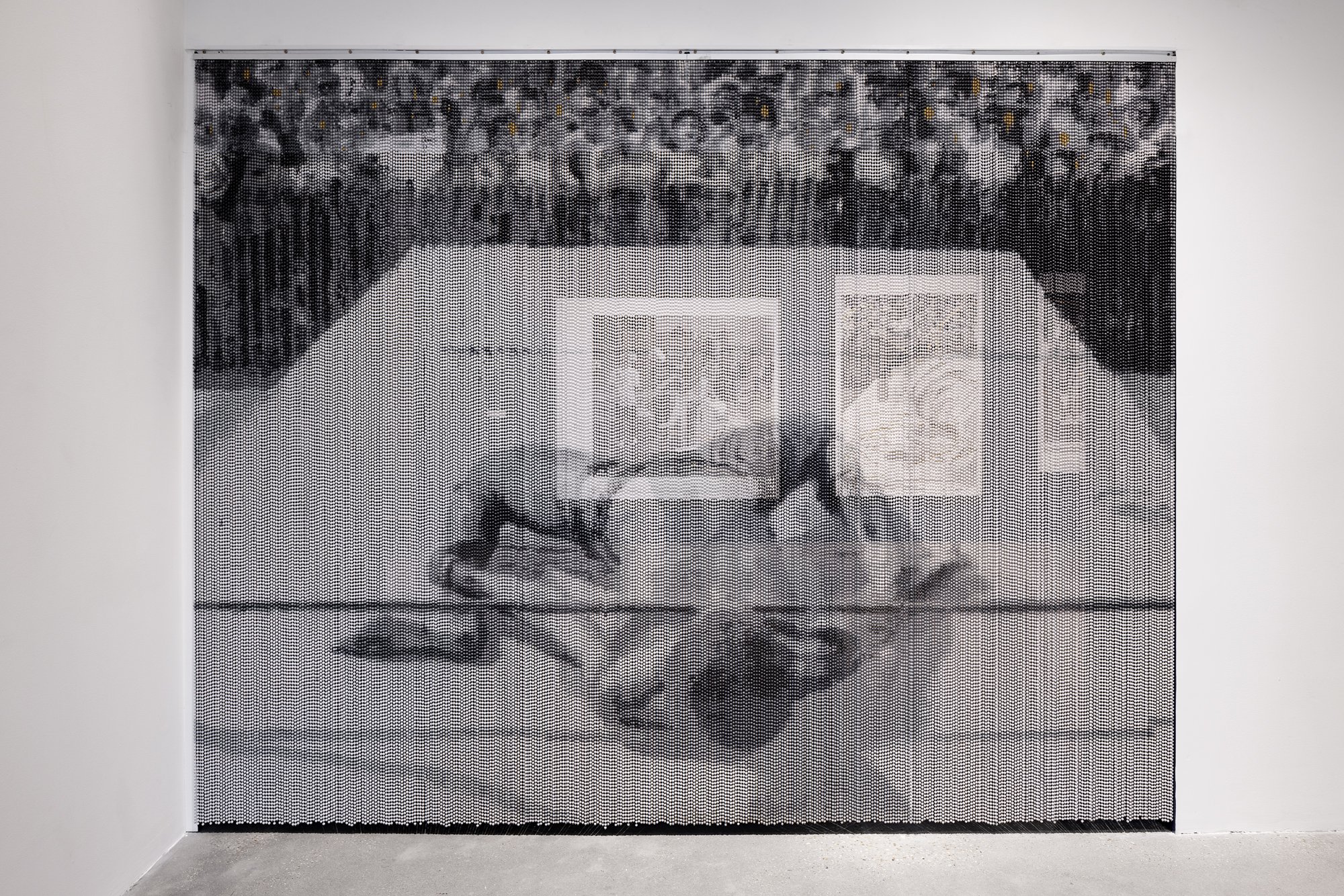
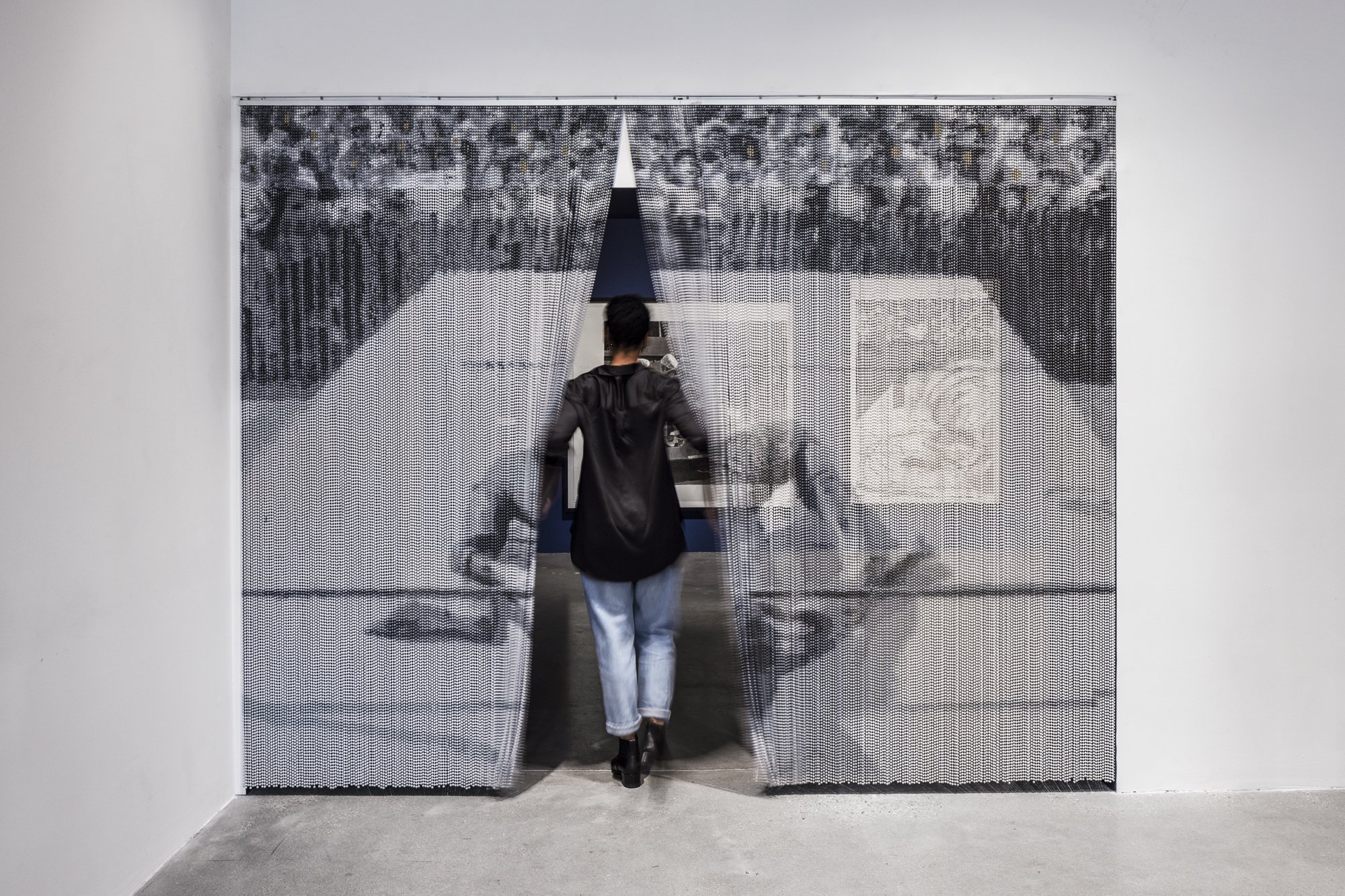
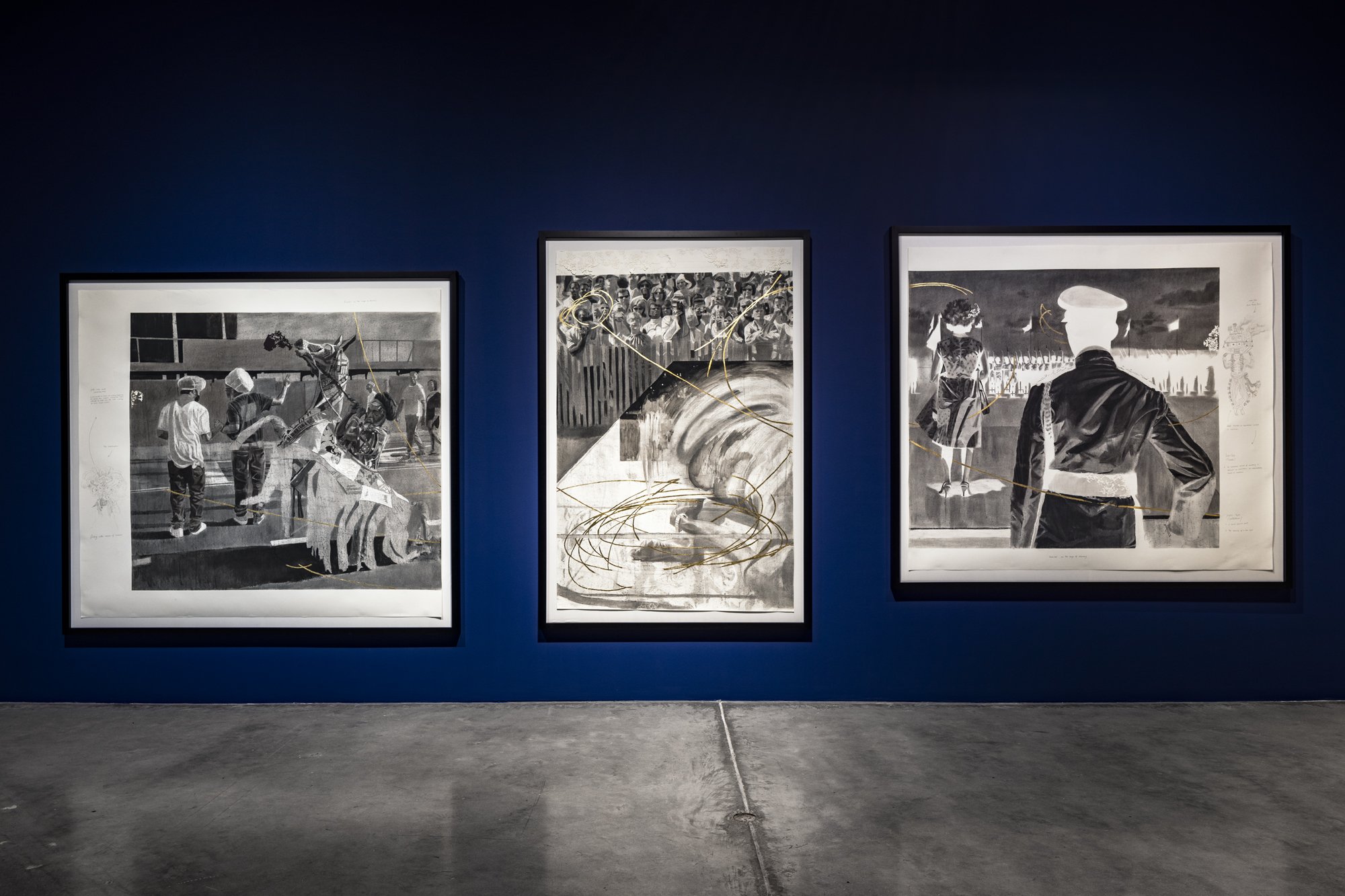
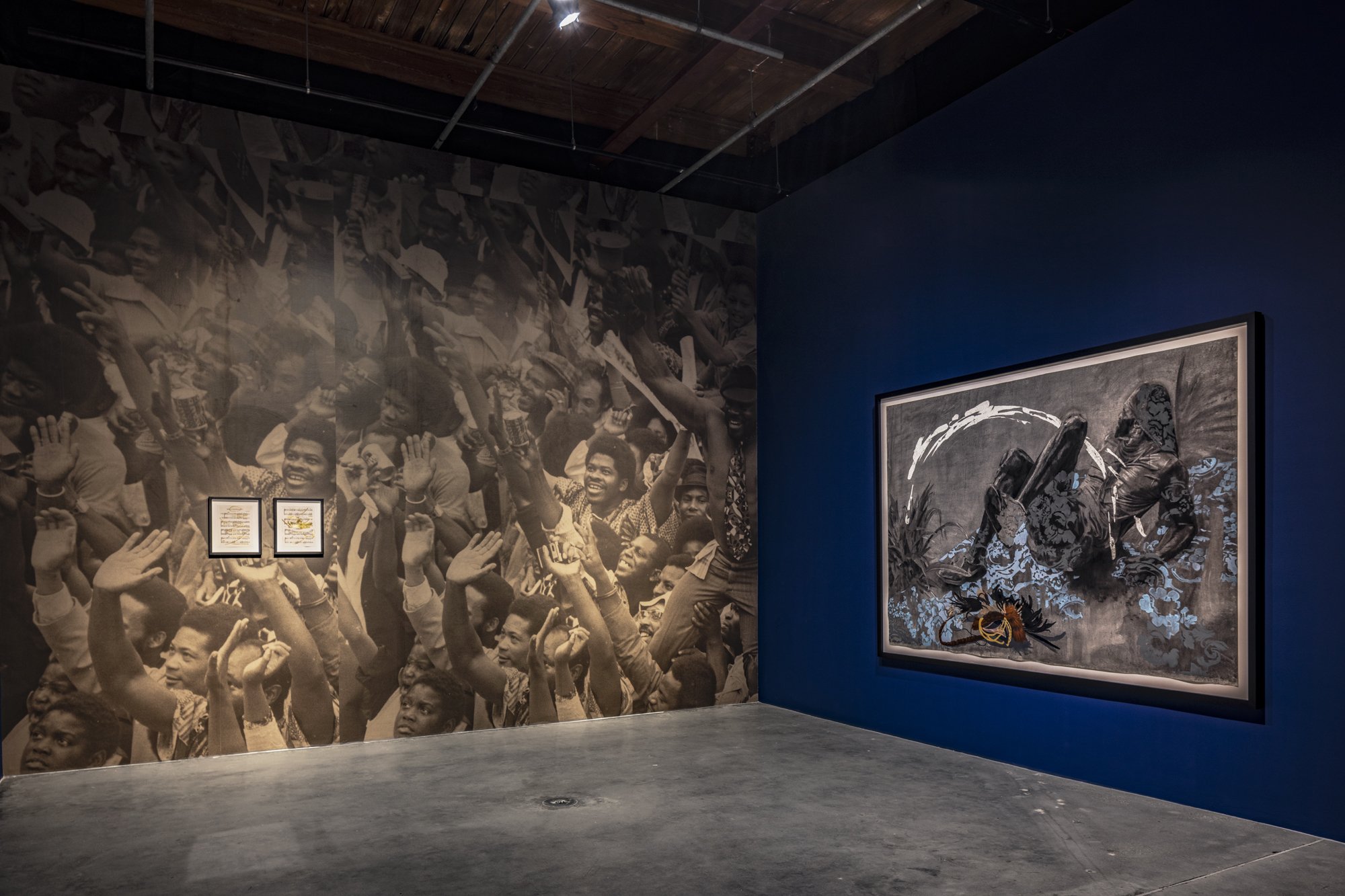

Cosmo Whyte, 2021. Installation view: Prospect.5: Yesterday we said tomorrow, 2021–22. Contemporary Arts Center, New Orleans. Courtesy Prospect New Orleans. Photo: Alex Marks